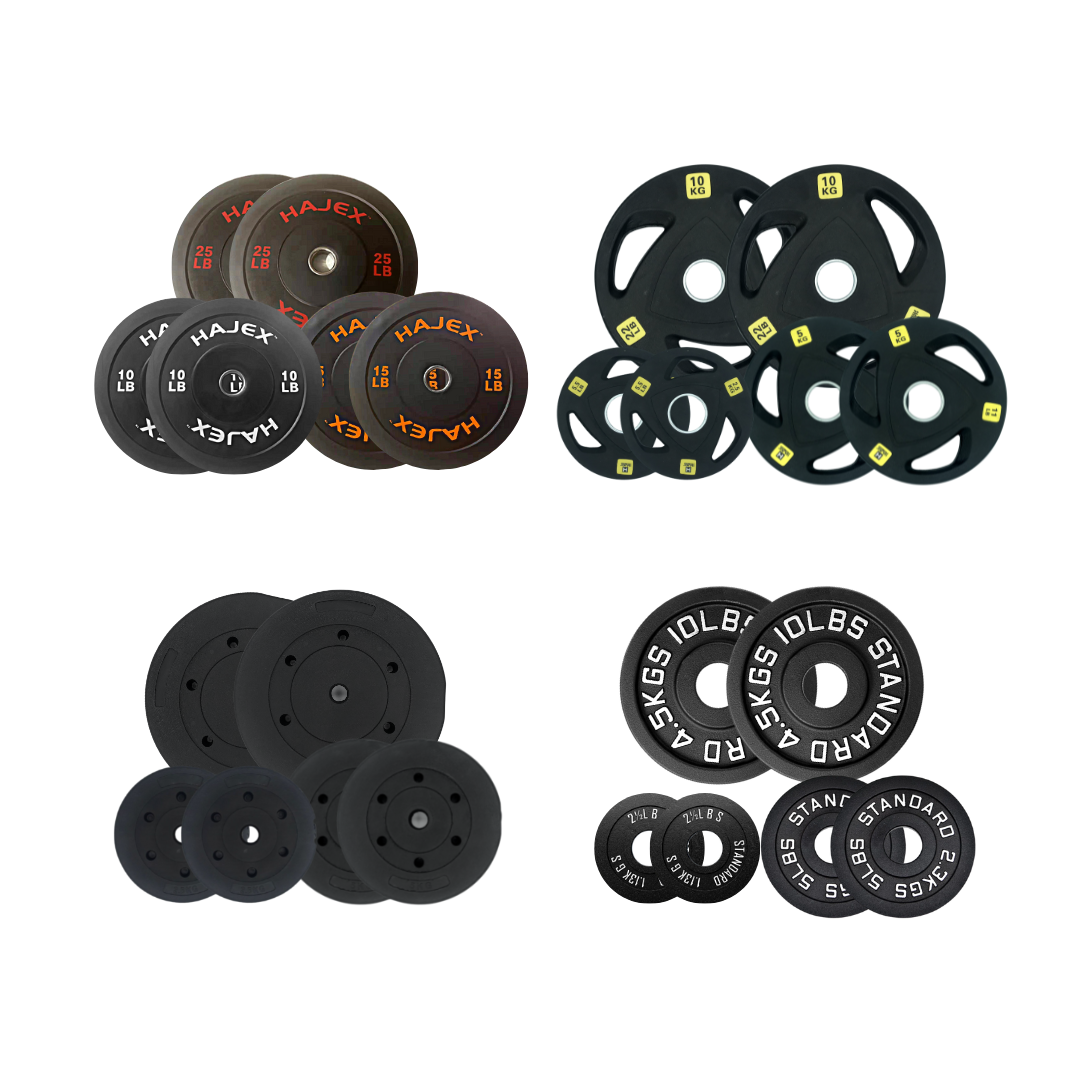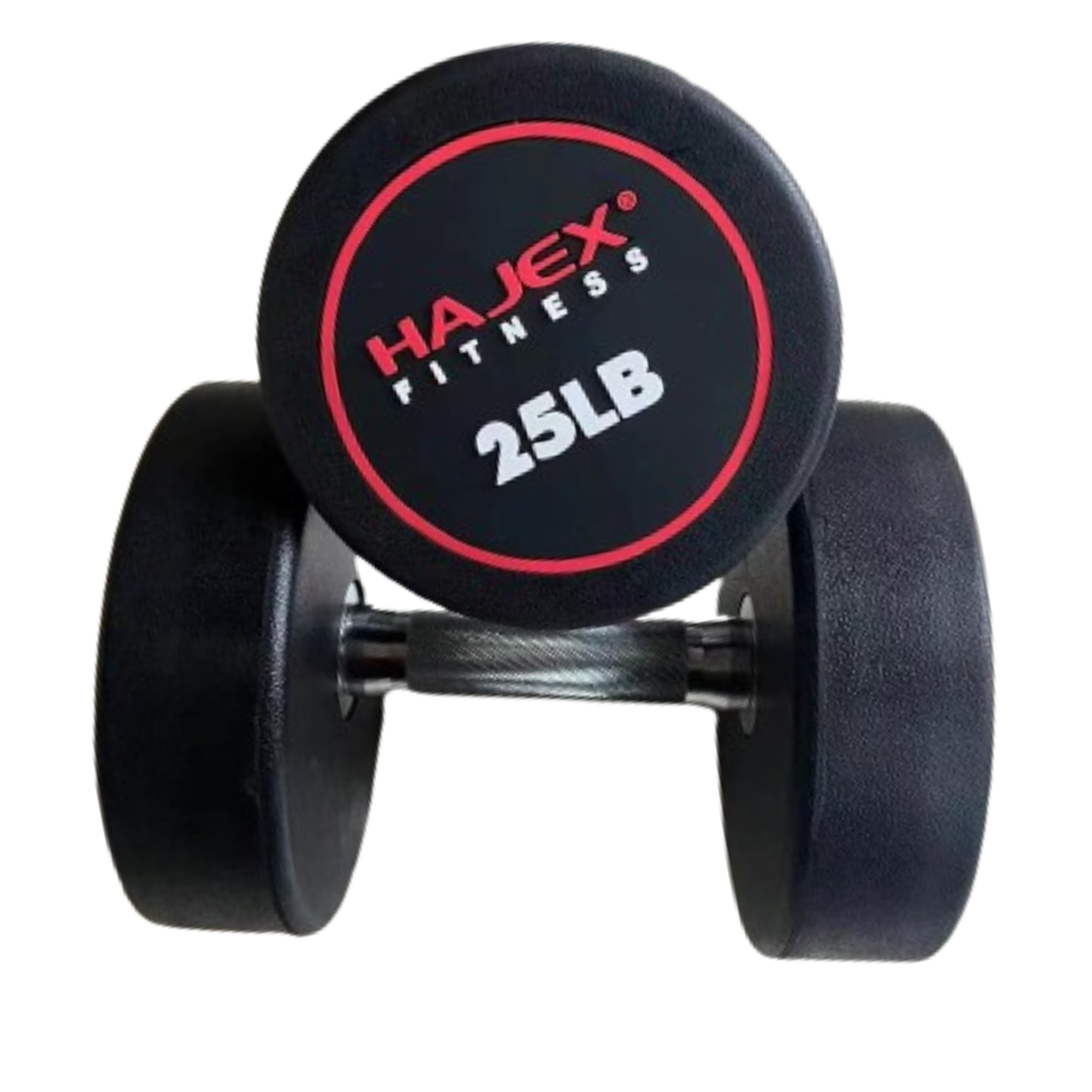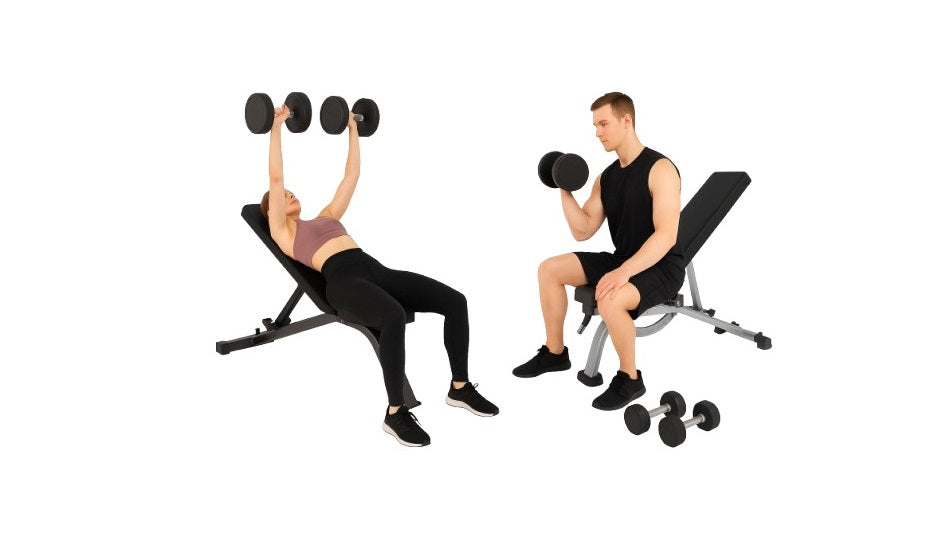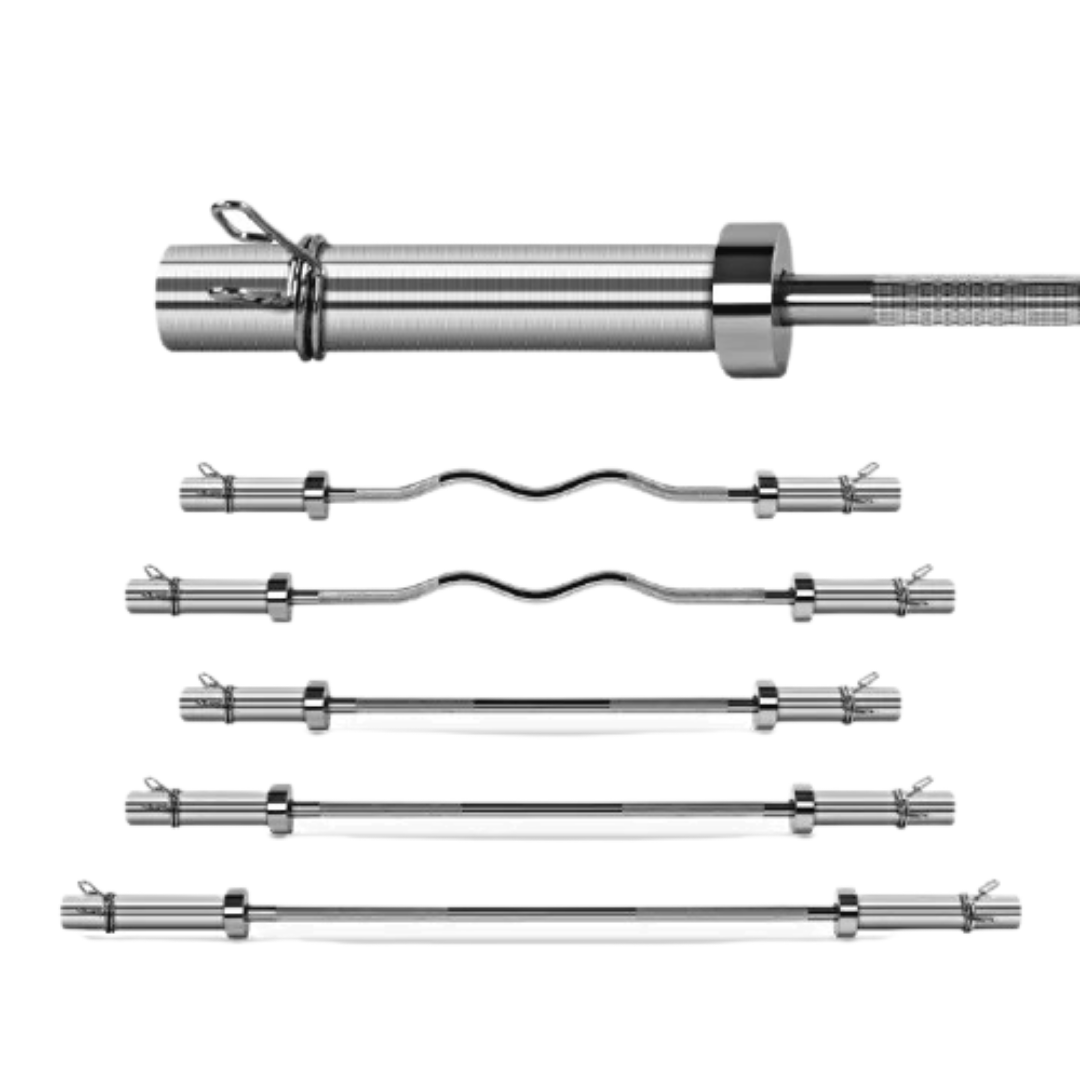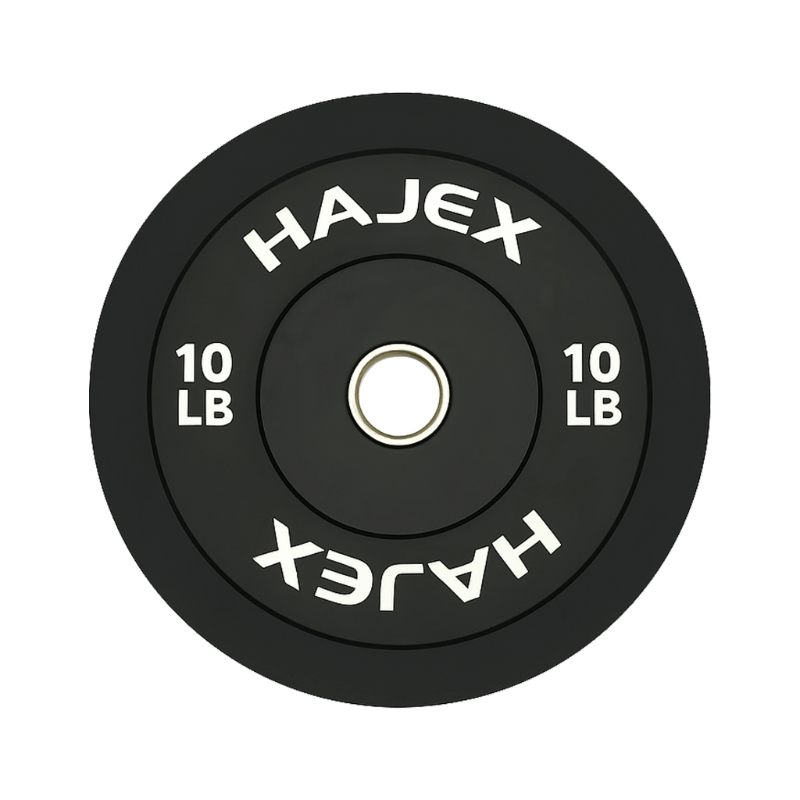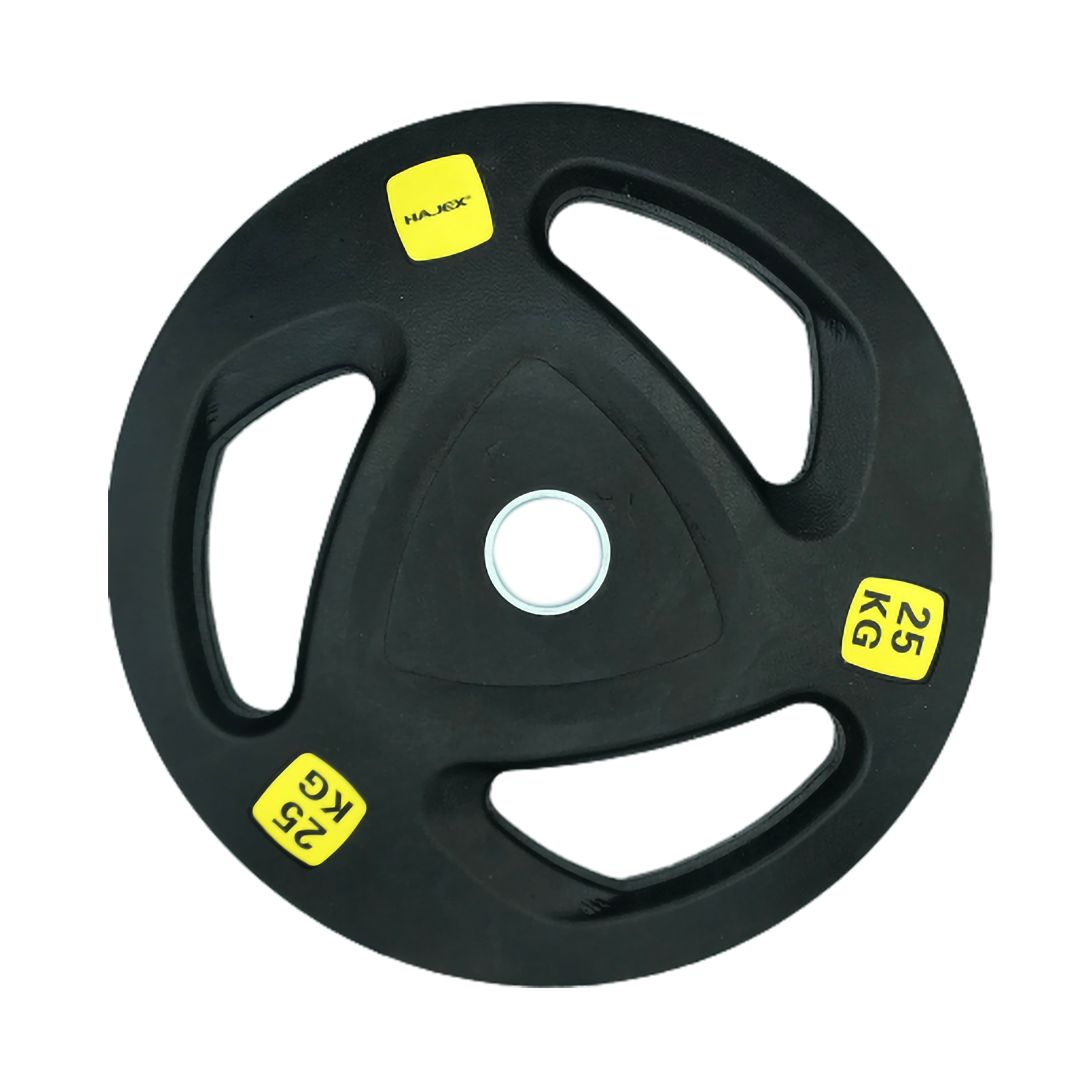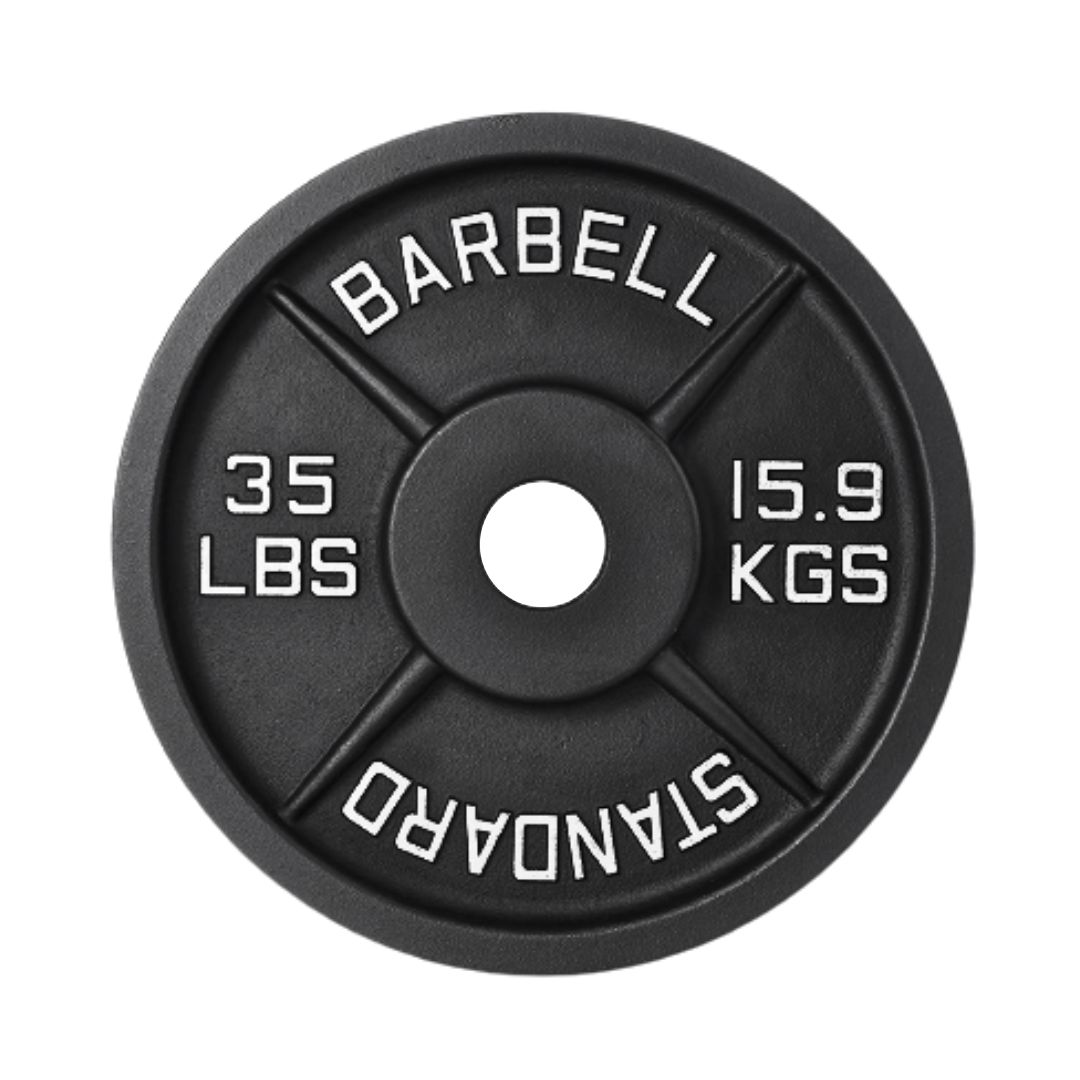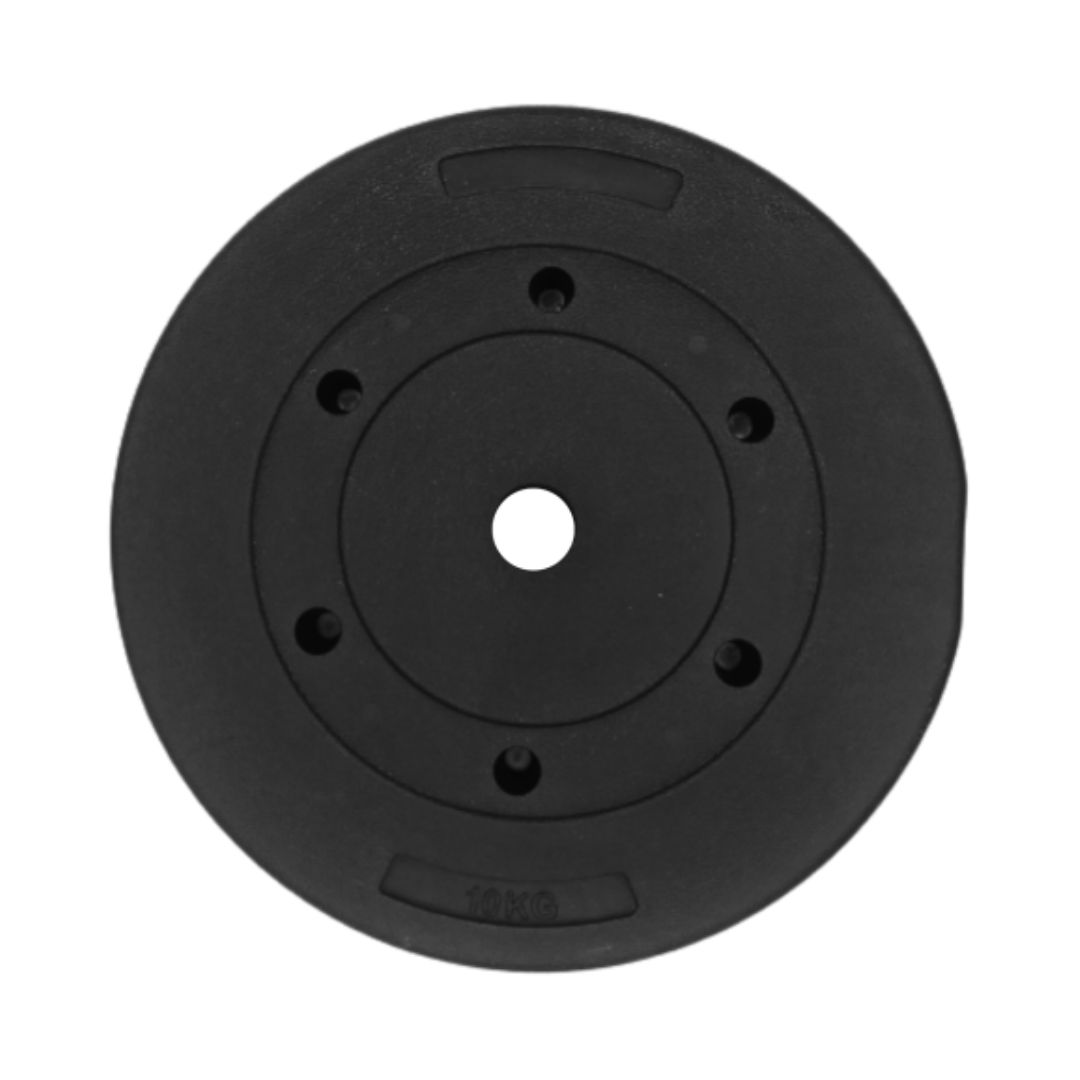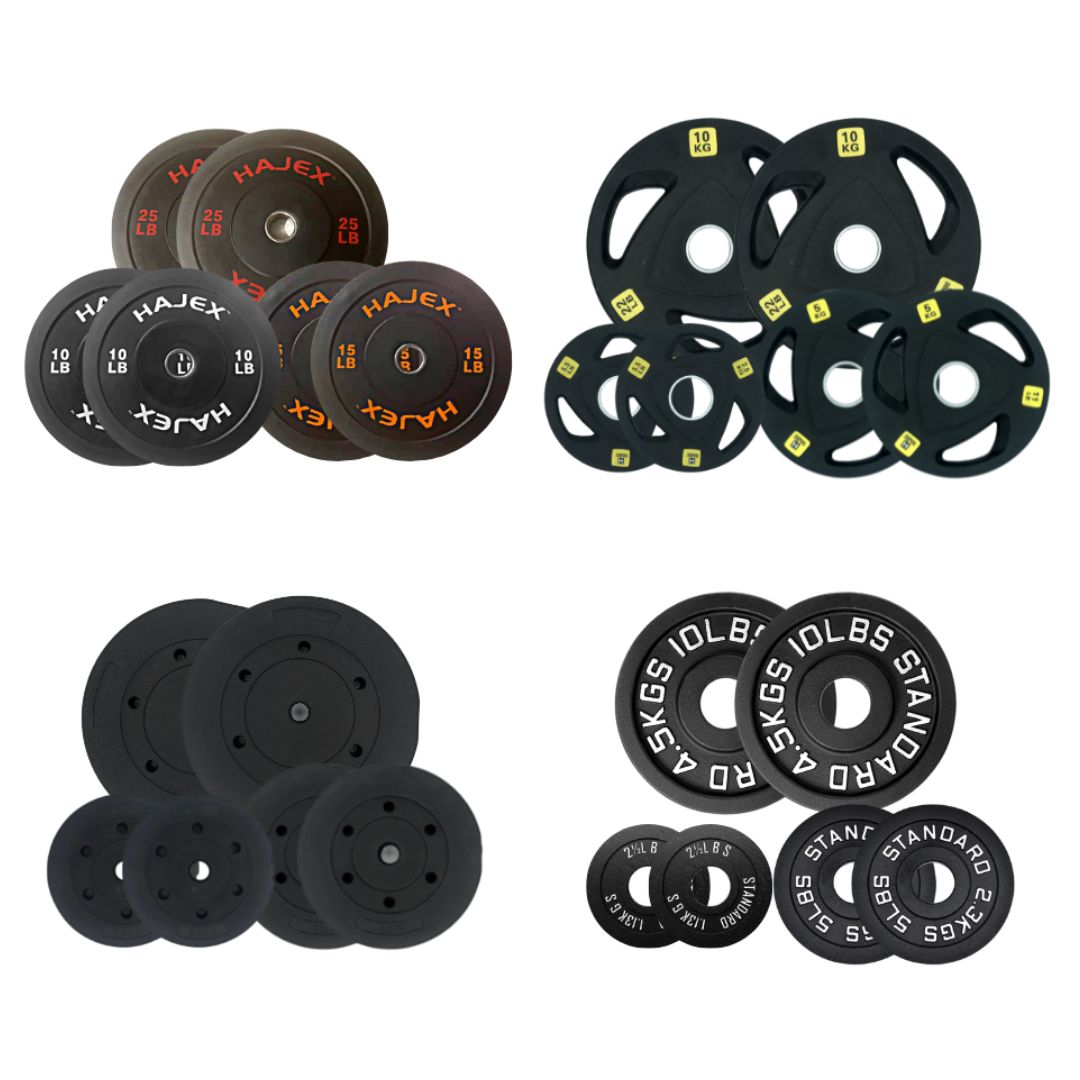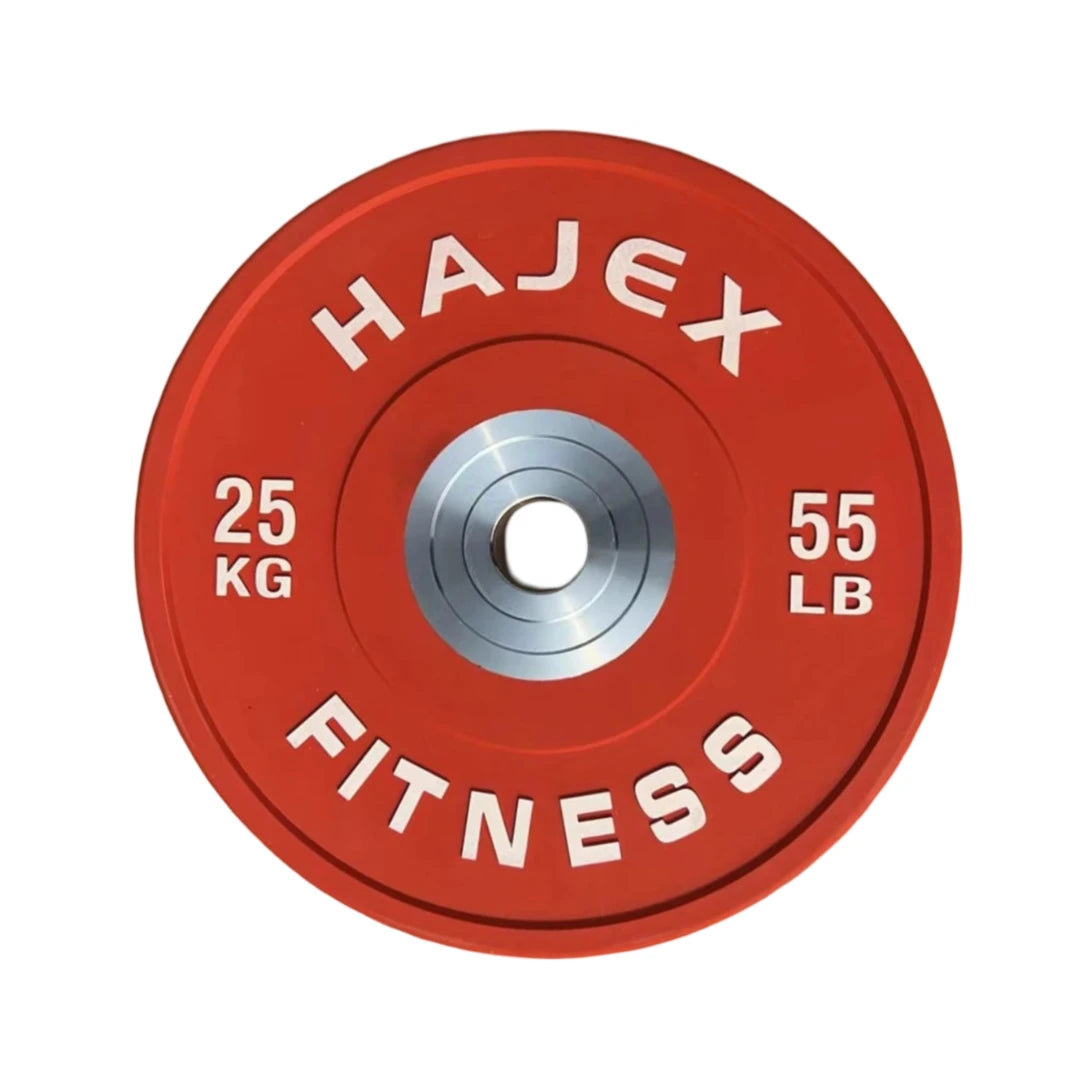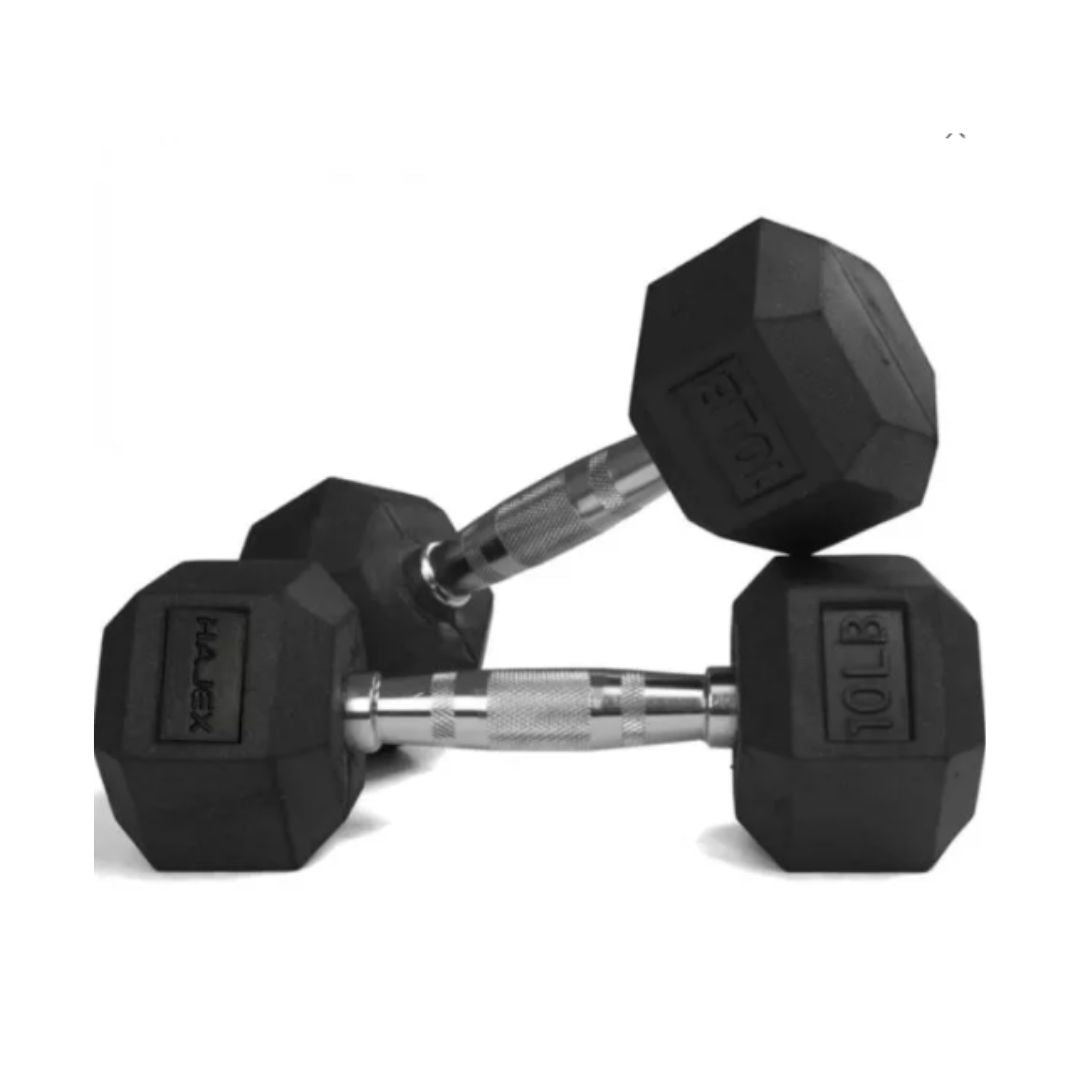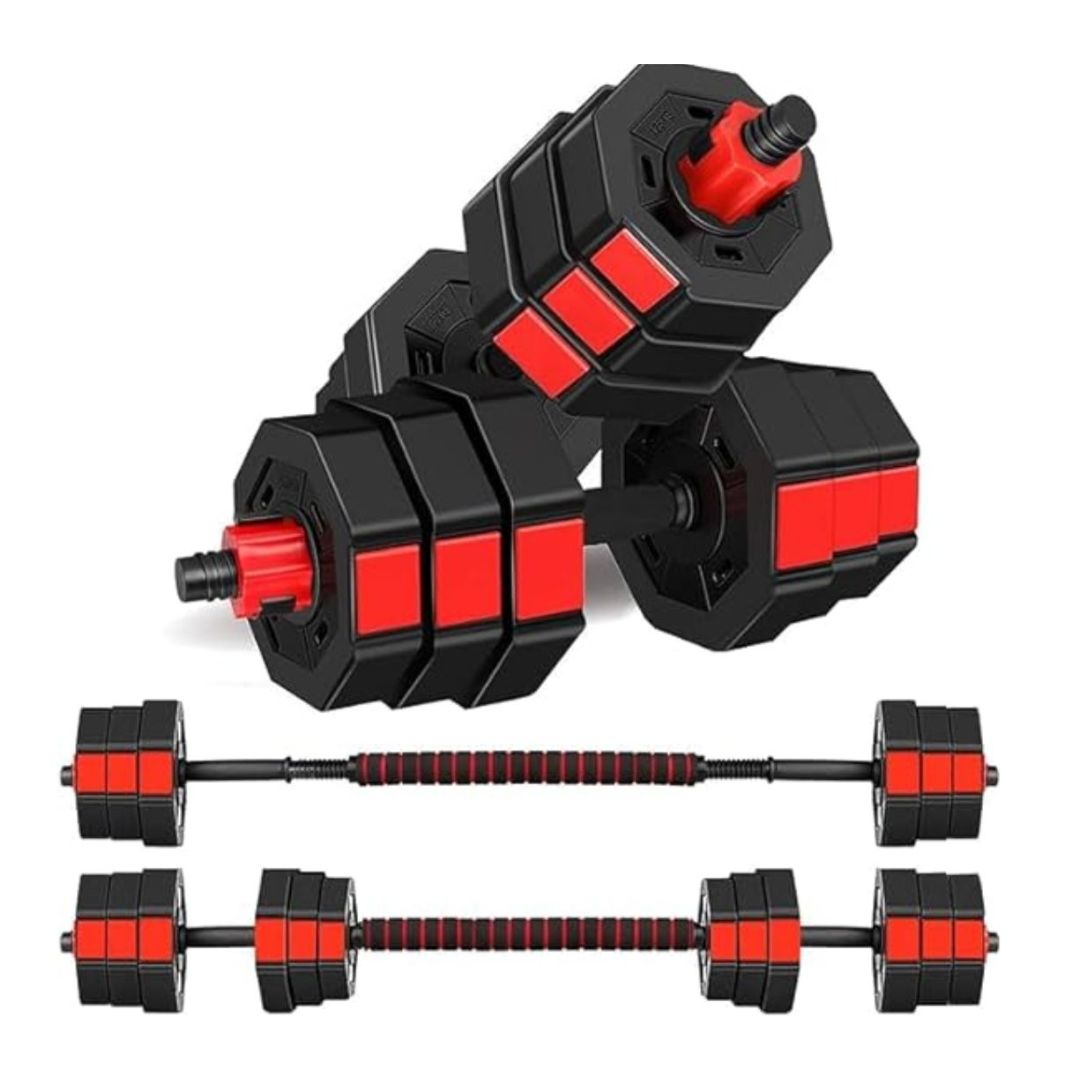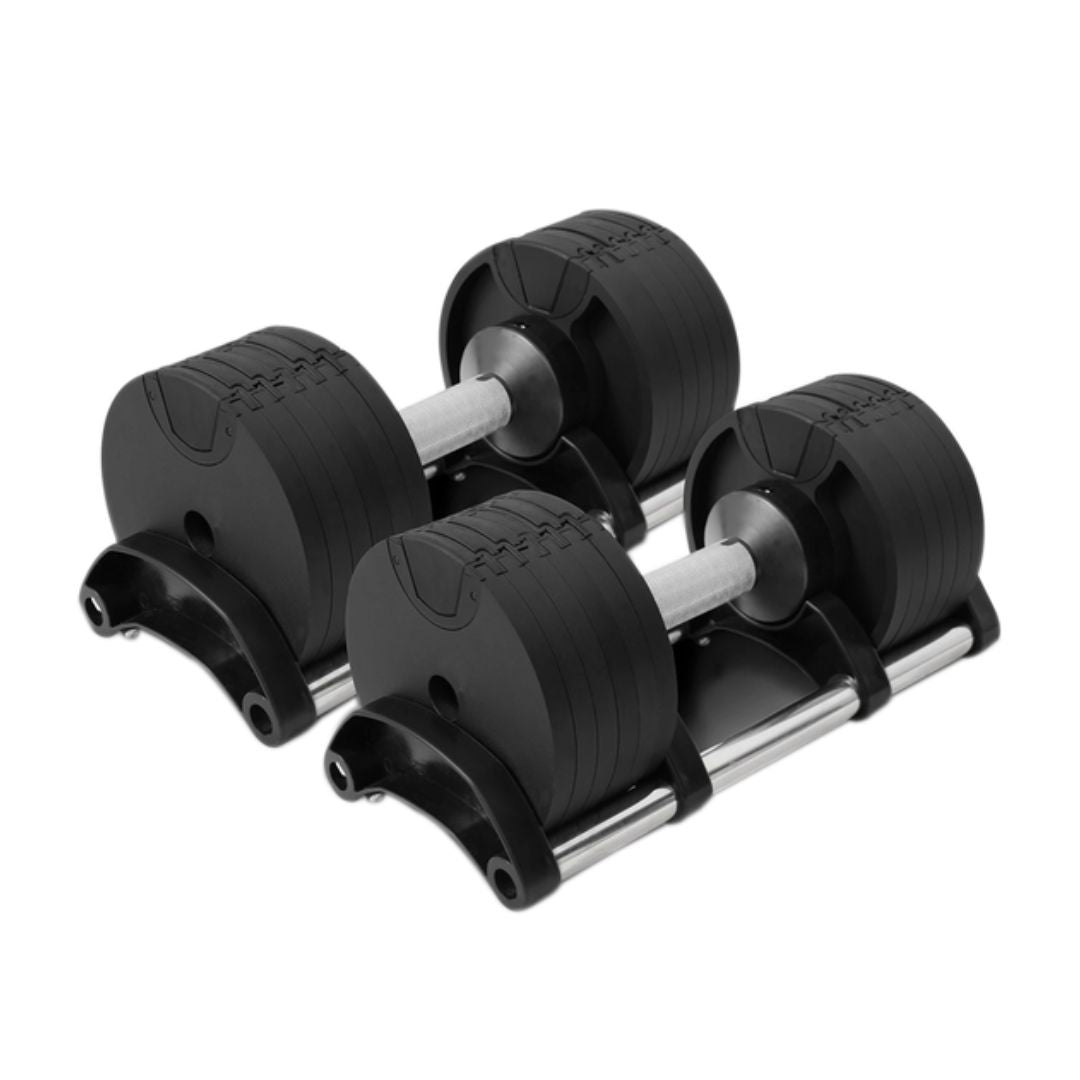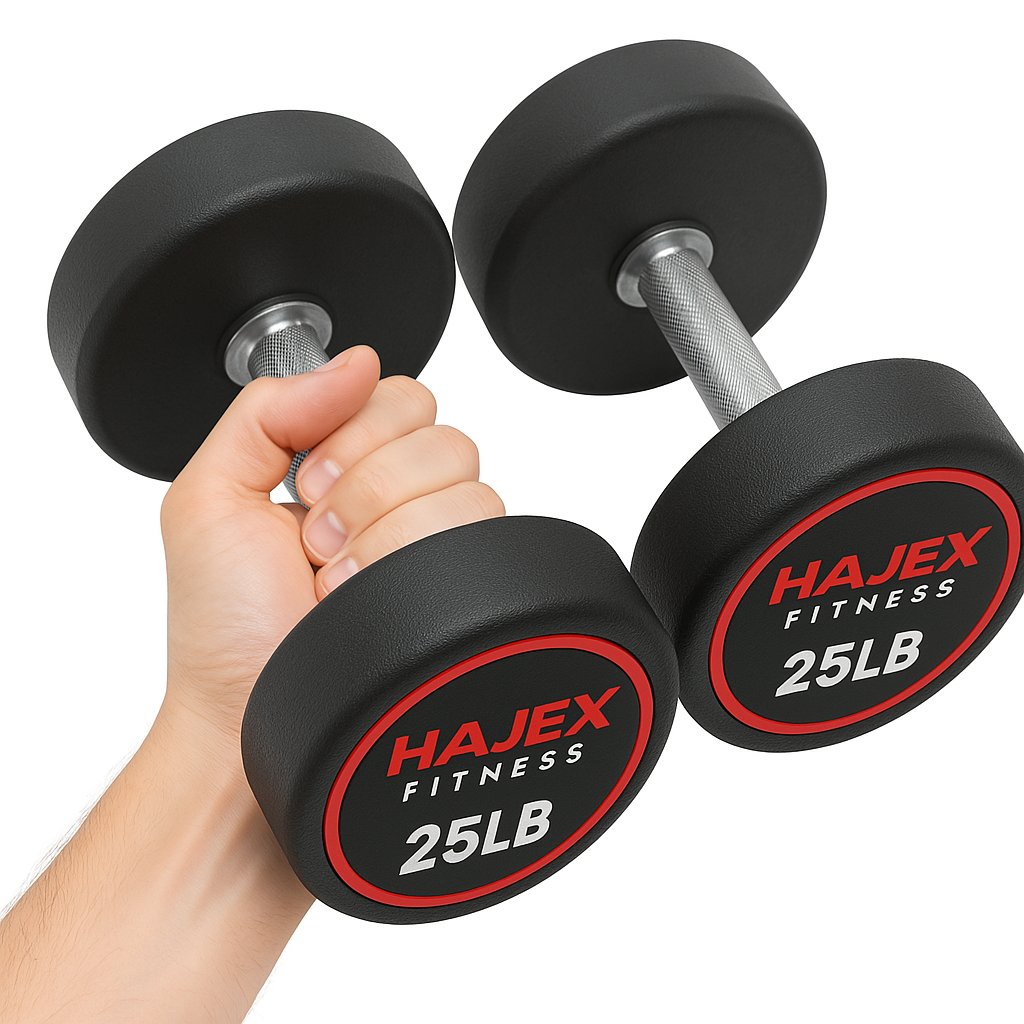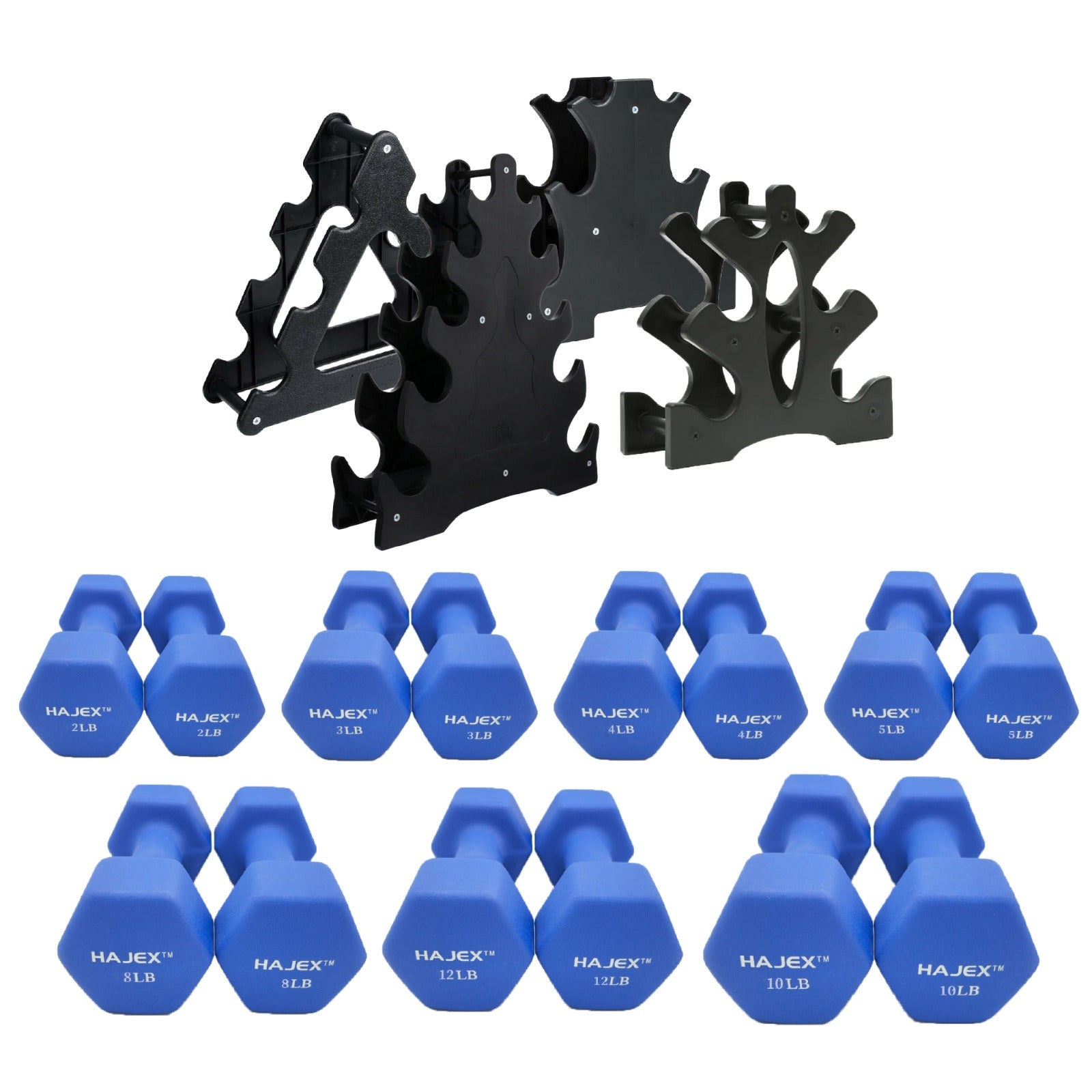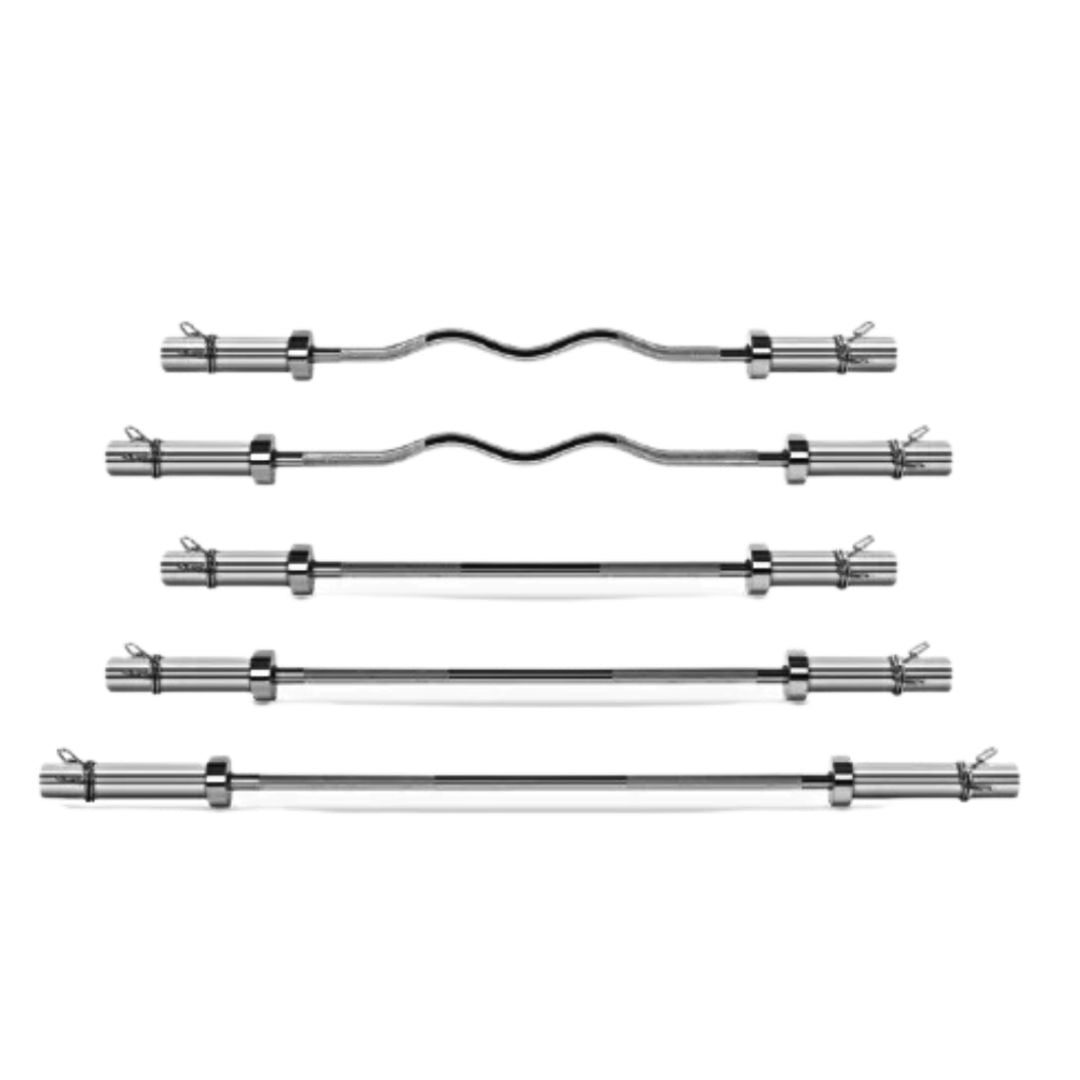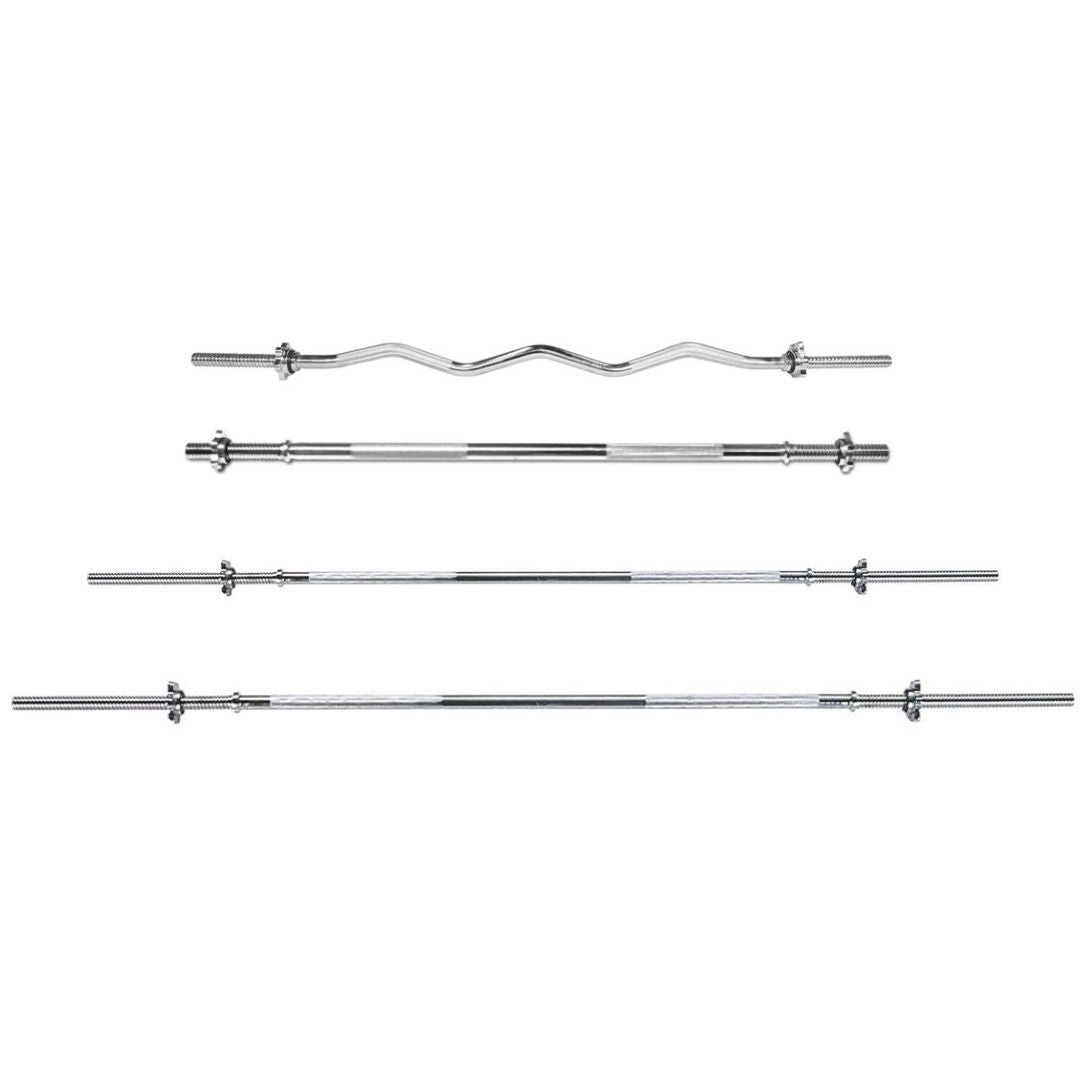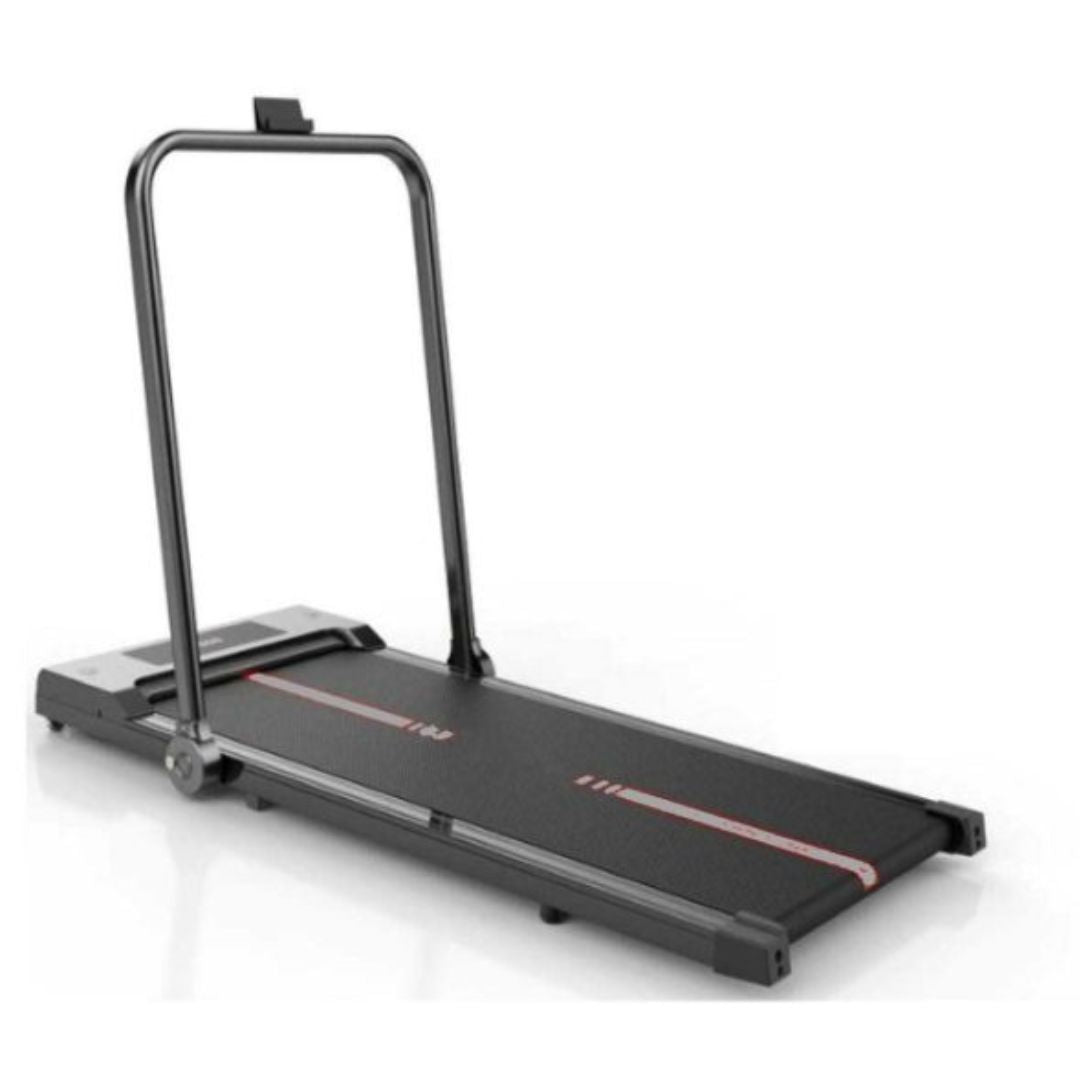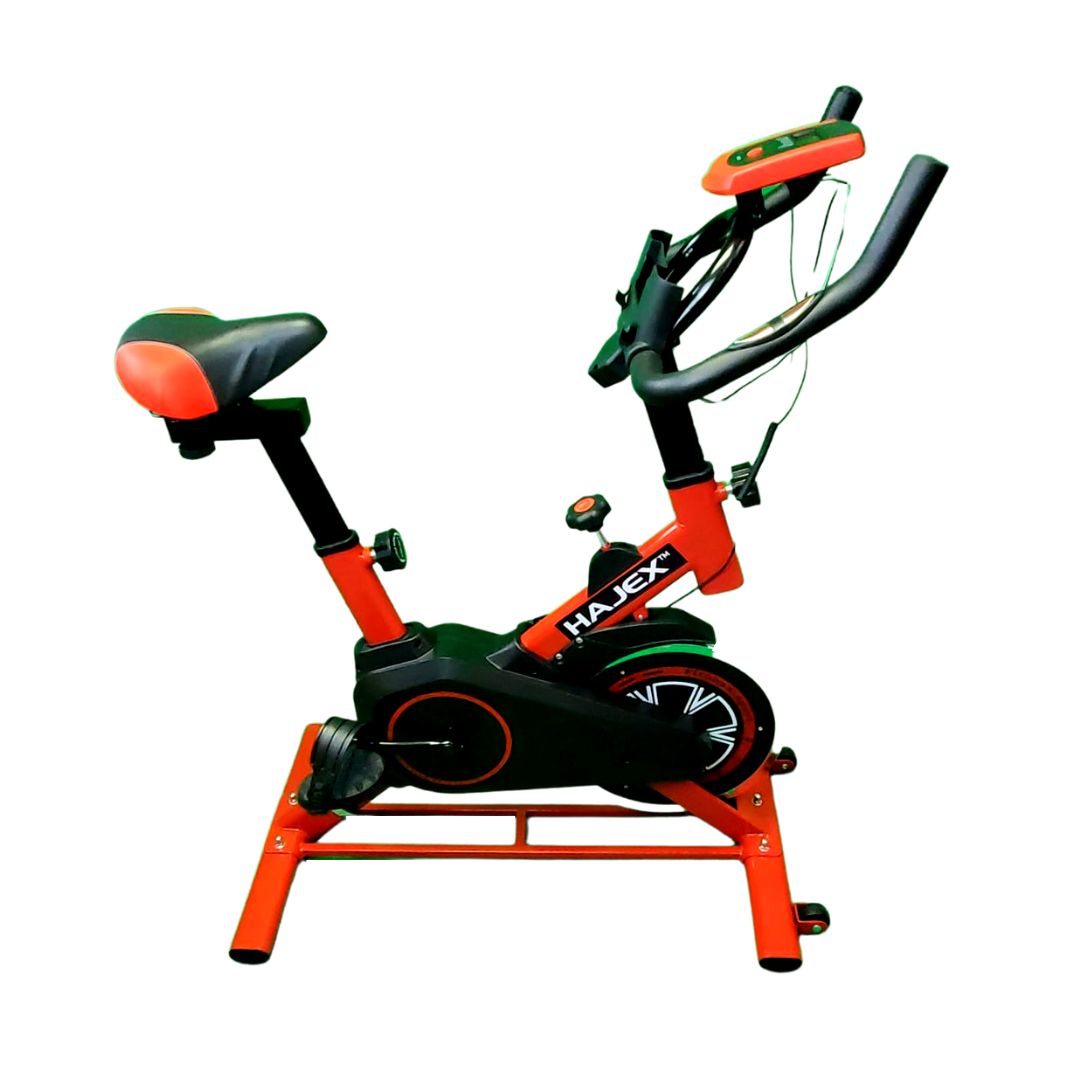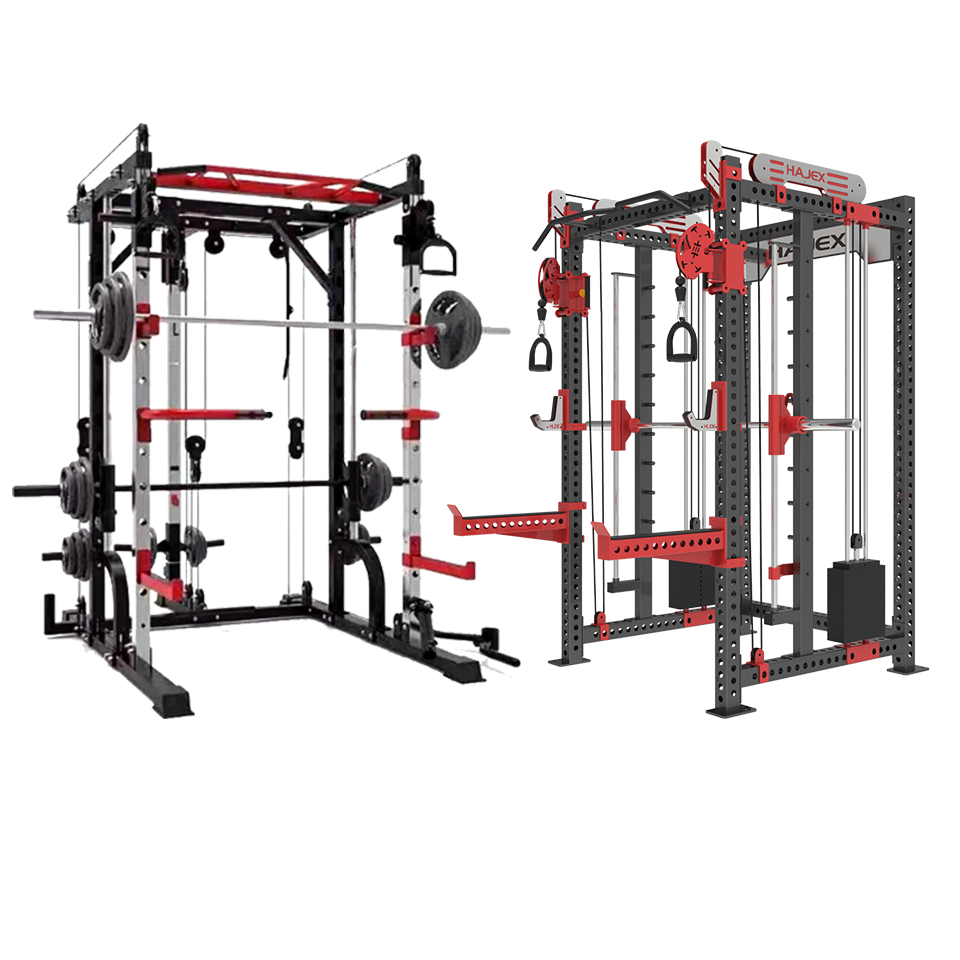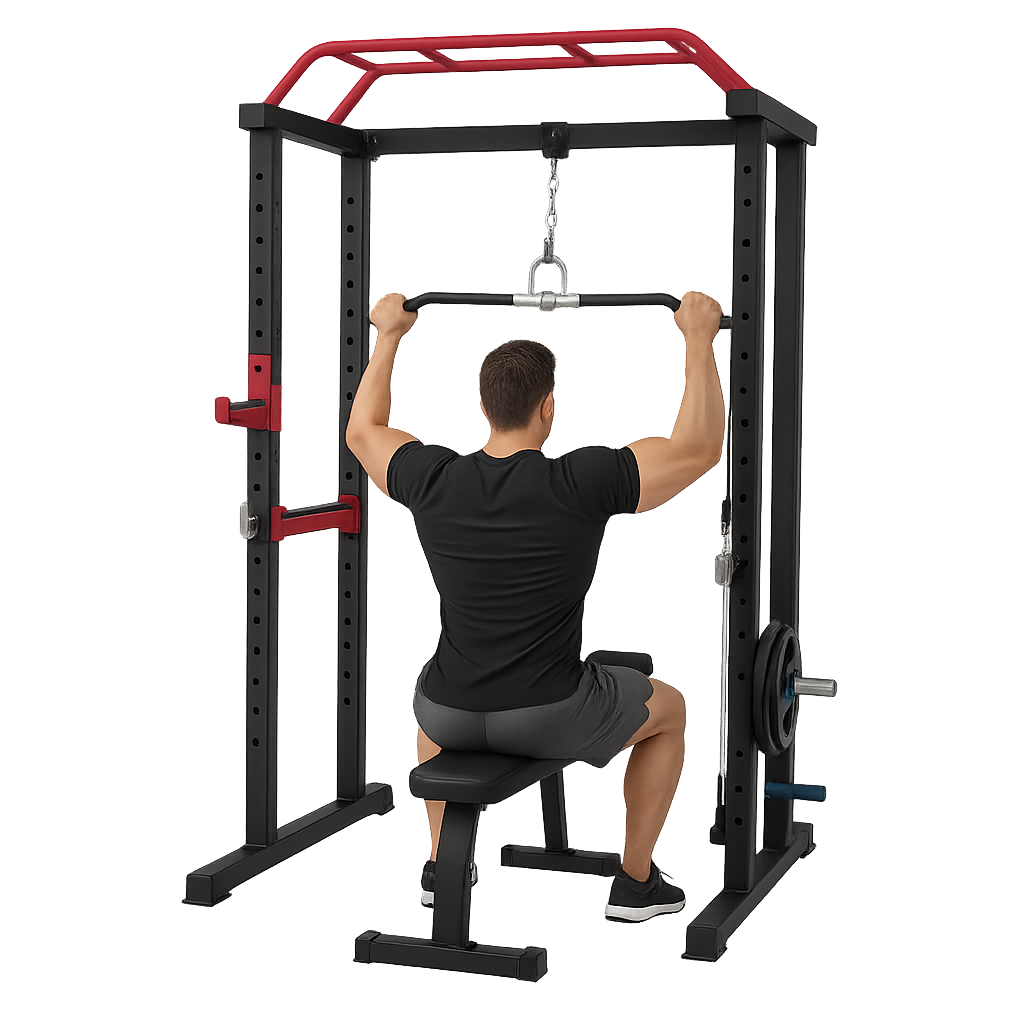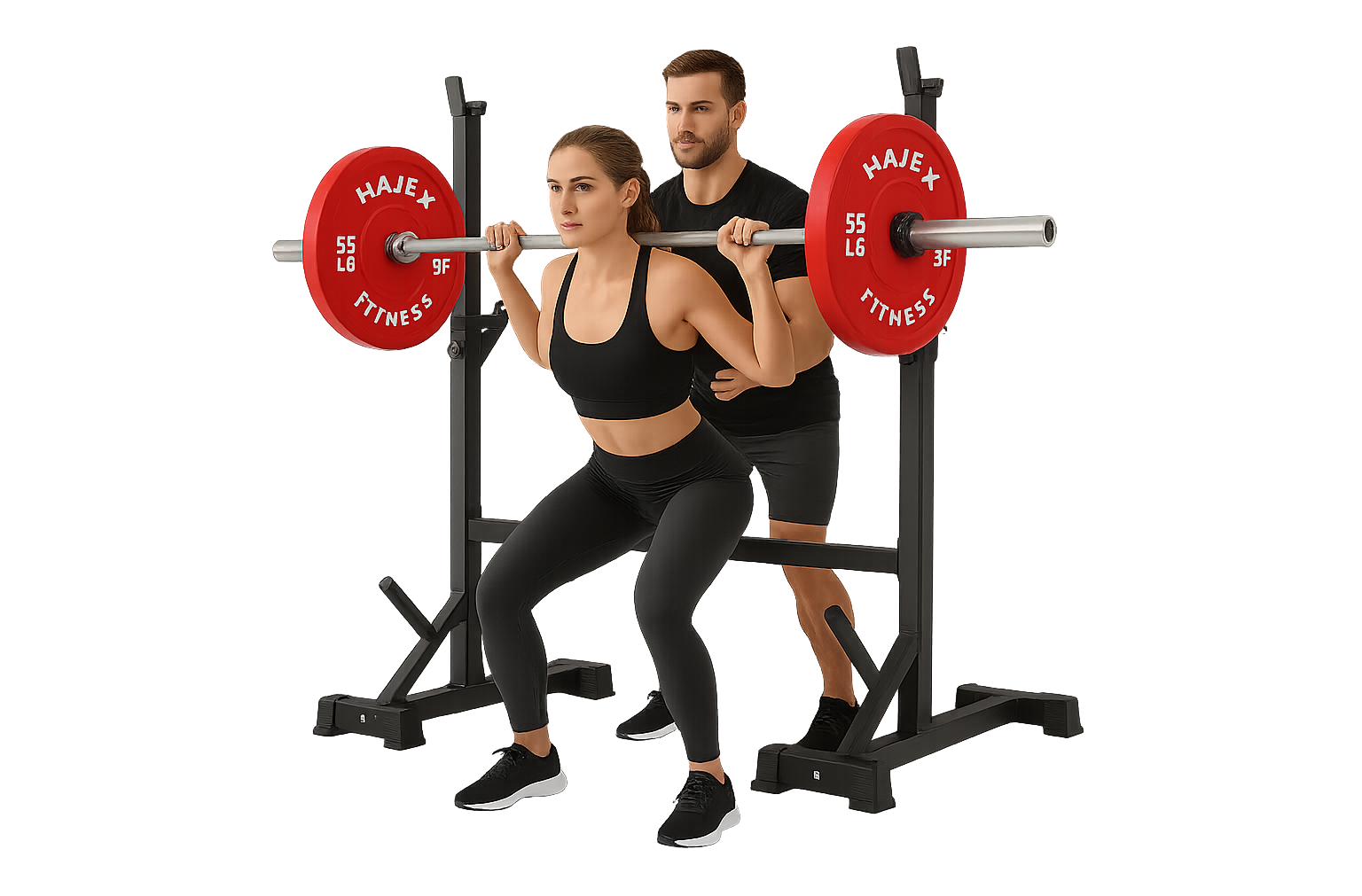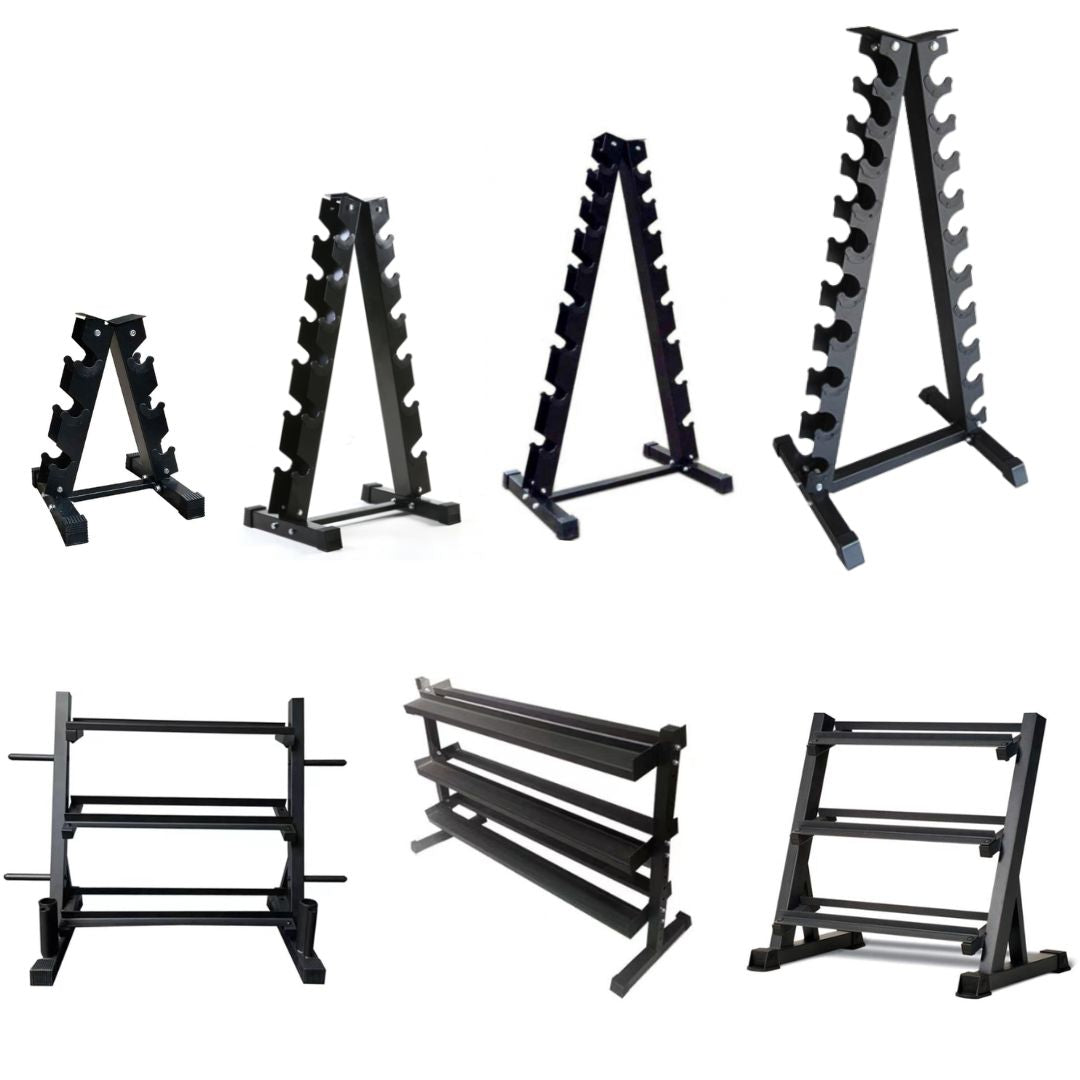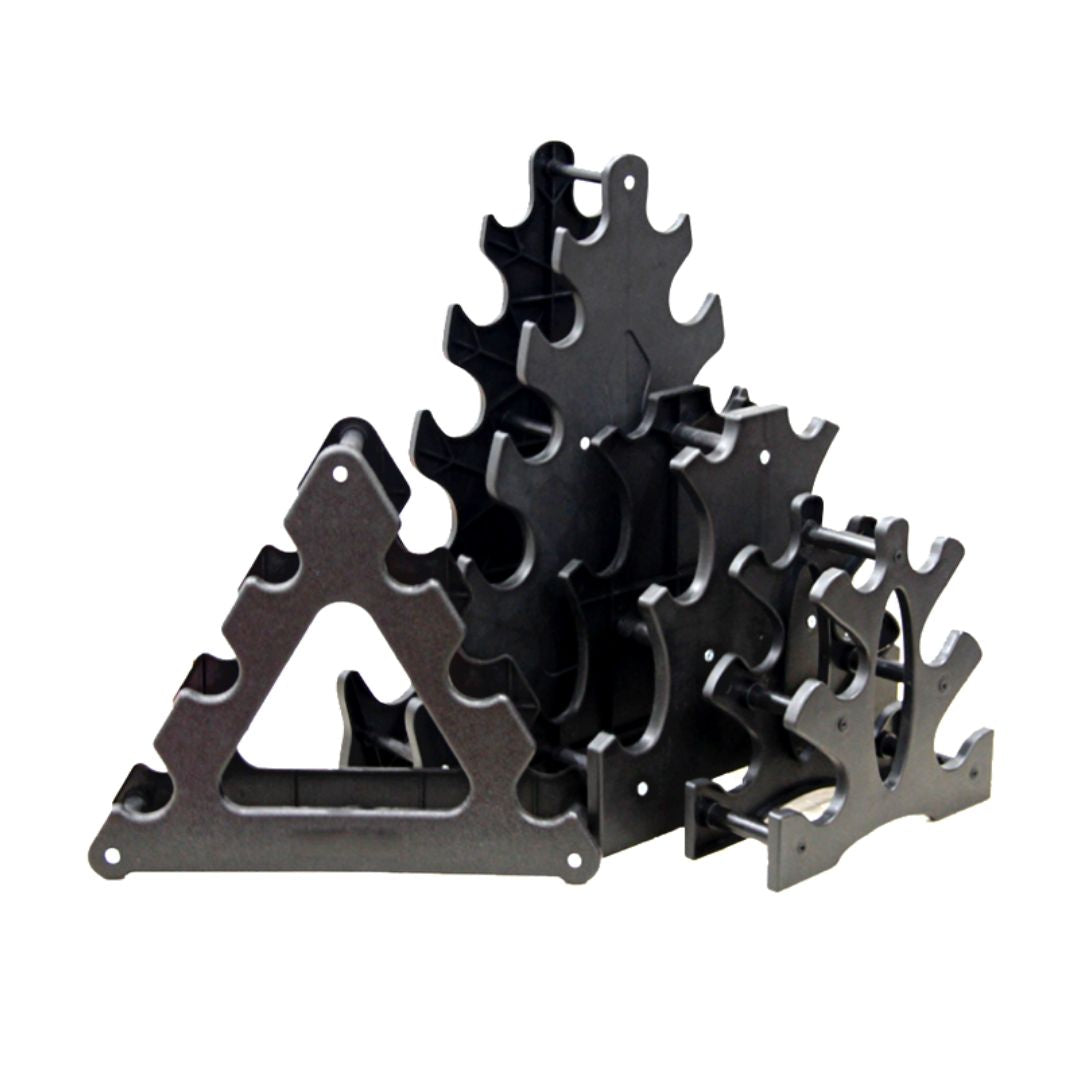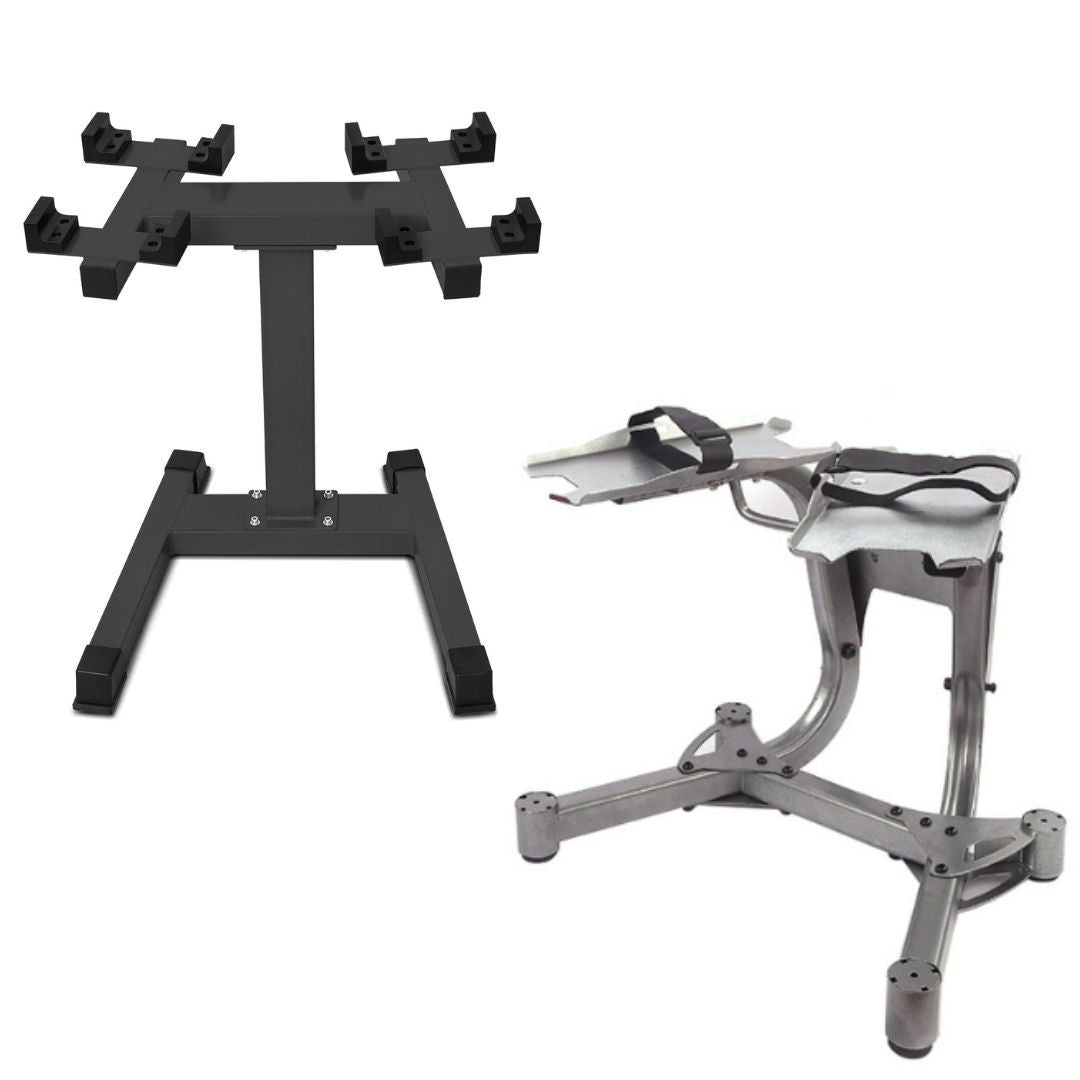Pelvic Floor Muscle Exercises
Pelvic floor muscles are the bases of your standing position. Strong pelvic muscles will help you retain growth and make your body strong. It is essential to acknowledge the key exercises that can trigger your pelvic floor muscles. Here are top five pelvic floor muscle exercises that can help you gain pelvic muscle strength.
If you are going to perform pelvic floor muscle exercises then you must understand whether you have hypotonic muscle or hypertonic muscle. The only difference between the two muscle tissues is that the former are too lax and the later are too tight. Both of these issues can be solved with the help of exercises. There is no need to take heavy medications for the purpose. In this article, we will be viewing exercises for both hypotonic pelvic floor muscles as well as hypertonic pelvic floor muscle.
In order to resolve the issue of low tone pelvic floor issues which is generally termed as hypotonic pelvic floor muscle, there are some exercises down below. These will help you gain strength and improve endurance and power.
Exercises for hypotonic pelvic floor muscles
1. Quick flick Kegels
Quick flick Kegels is the exercise to overcome the issue of hypotonic pelvic floor muscle. This exercise requires quick contractions of your pelvic floor. It will aid to activate the muscles faster and stronger. Furthermore, this exercise will help in ceasing of leakage of urine while sneezing or coughing.
How to perform the exercise:
- In the beginning, lay down on the floor on a strong yoga mat.
- Bent your knees and make your feet flat on the floor.
- As you continue to grow stronger, try sitting or standing during this exercise.
- Let your breathe exhale and pull your navel to your spine.
- Instantly contract and release your pelvic floor muscles.
- Before relaxing, try to contract for 1 second.
- As this exercise is vigorous, try yo maintain steady breathing throughout the procedure.
- Repeat the procedure of quick flick 10 times. Take rest for 10 seconds. Then do 2–3 sets.
2. Heel slides
The target of heel slides is on the deep abdominal muscles. This exercise will encourage pelvic floor contractions.
How to perform the exercise:
- In the beginning, lay down on the floor on a strong yoga mat.
- Bent your knees and make your feet flat on the floor.
- Lay down in a way that your pelvis should be in a neutral position.
- Take a deep breathe and inhale into the rib cage.
- Hold your breathe for a second then exhale through the mouth.
- By inhaling and exhaling, your ribs will compress naturally.
- Slightly move your pelvic floor in the upward direction.
- Lock in your core.
- Slightly slide away your heel from you.
- While sliding your heel away, only go as far as you can without losing your deep core connection.
- Reach to the bottom position.
- Take a deep breathe again and bring your leg back to starting position.
- Repeat the procedure for heel slides.
- Prior to shift on the other leg, do 10 slides on each side.
3. Marches (aka toe taps)
Like heel slides, the marching exercise increases core stability and encourages pelvic floor contractions.
How to perform the exercise:
- In the beginning, lay down on the floor on a strong yoga mat.
- Bent your knees and make your feet flat on the floor.
- Lay down in a way that your pelvis should be in a neutral position.
- Take a deep breathe and inhale into the rib cage.
- Hold your breathe for a second then exhale through the mouth.
- By inhaling and exhaling, your ribs will compress naturally.
- Slightly move your pelvic floor in the upward direction.
- Lock in your core.
- Lift one leg up slowly to a tabletop position.
- Lower this leg slowly to the starting position.
- Repeat the movement of marches with alternating legs.
- There must not be pain in your lower back.
- During the entire exercise, it is necessary to keep your deep core engaged.
Exercises for hypertonic pelvic floor muscles
If you have a short or tight pelvic floor, then Hypertonic exercises may help you provide some relaxation and lengthening.
According to studies, the goal of this exercise is to lengthen and release the hypertonic muscles. This will make contractions are more effective. The muscles can work effectively in turn.
[caption id="attachment_14945" align="aligncenter" width="300"]

pelvic-floor-muscle-exercise[/caption]
The study furthermore recommends two great exercises. These will help you tone your pelvic muscles smoothly. These are as follows:
4. Happy Baby Pose
The basic goal of pelvic floor routine is to stretch and release your pelvic floor muscles. In such cases, the Happy Baby Pose is a great exercise. This exercise will help you gain strength and maintain your balance.
How to perform the exercise:
- In the beginning, lay down on the floor on a strong yoga mat.
- Bent your knees and make your feet flat on the floor.
- Bring up your knees toward your belly at an angle of 90-degrees.
- Soles of your feet should be facing up.
- Either grab and hold the outside or inside of your feet.
- Slightly open your knees until they are slightly broader than your torso.
- Here comes the difficult part, bring your feet up toward your under arm.
- Be sure to place your ankles over your knees.
- Flex your heels wide and push your feet into your hands.
- Do not change this position instantly. Rather, stay in this position for several breaths.
- Gently rock from side to side.
5. Diaphragmatic breathing
Diaphragmatic breathing exercise is the one that enhances the relationship between the diaphragm and pelvic floor functionally. Stress can be reduced easily with the help of this exercise.
How to perform the exercise:
- In the beginning, lay down on the floor on a strong yoga mat.
- This exercise can also be done in a seated position.
- For a few seconds, do the traditional inhaling and exhaling exercise.
- Your focus should be releasing the tension in your body.
- Once your muscles are relaxed, put one hand on your belly and the other on your chest.
- In order to expand your stomach, take a deep breathe through your nose.
- Keep your chest relatively still.
- Then, breathe in for 2–3 seconds and slowly let out your breathe.
- Repeat the process several times.
- Make sure to keep one hand on the chest and one on the stomach.
It is also recommended to add lunges and squats to a pelvic floor routine. As
lunges and
squats involve exercise of lower abdomen.
The bottom line - Pelvic floor muscle exercises
As mentioned in the discussion above, pelvic floor muscle exercise will help you overcome the pelvic floor muscle issues. If you perform these exercises daily then your back will strengthen and your overall day will be excellent. Exercise will help you boost your energy. You will feel fresh and active the whole day. Always remember to keep a strong focus on the formation and function of your muscles. Keep on engaging your muscles each time you do an exercise.
There are some exercises that can be done without any help from the professionals. However, there are certain exercises that require help from supervisors. If you are a beginner and find it difficult to carry on these exercises then consult an assistance. If you feel like you get an injury from the exercise then do not wait for the situation to get worse. Take your earliest appointment with your doctor.
Furthermore, if you are looking for great fitness tips then visit
HAJEX Fitness regularly. Also learn
4 simple workouts at home to reduce weight in an efficient way.
Finally, if your symptoms interfere with daily activities or seem to be getting worse, make an appointment with your doctor.
 pelvic-floor-muscle-exercise[/caption]
The study furthermore recommends two great exercises. These will help you tone your pelvic muscles smoothly. These are as follows:
pelvic-floor-muscle-exercise[/caption]
The study furthermore recommends two great exercises. These will help you tone your pelvic muscles smoothly. These are as follows:
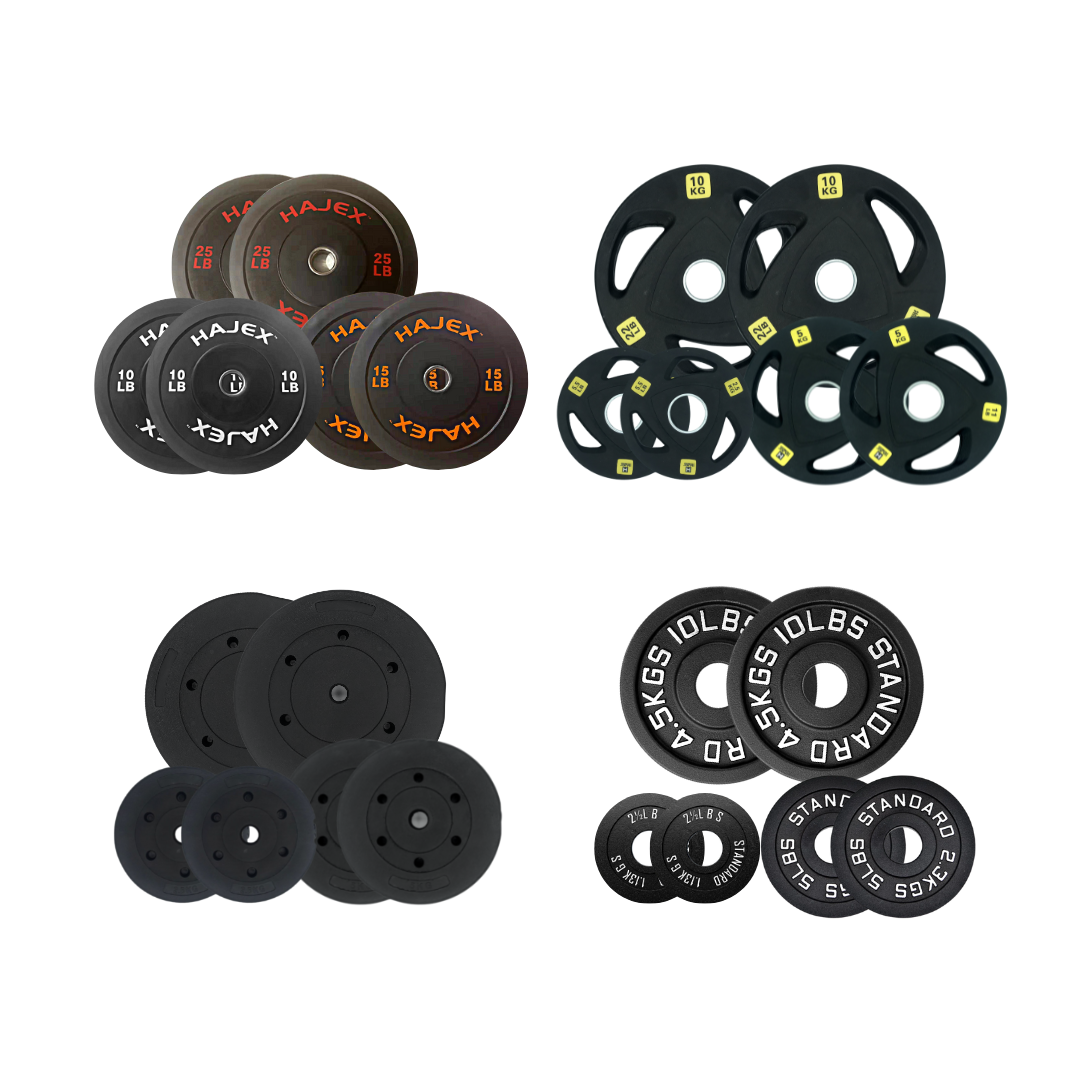 WEIGHT PLATES
WEIGHT PLATES
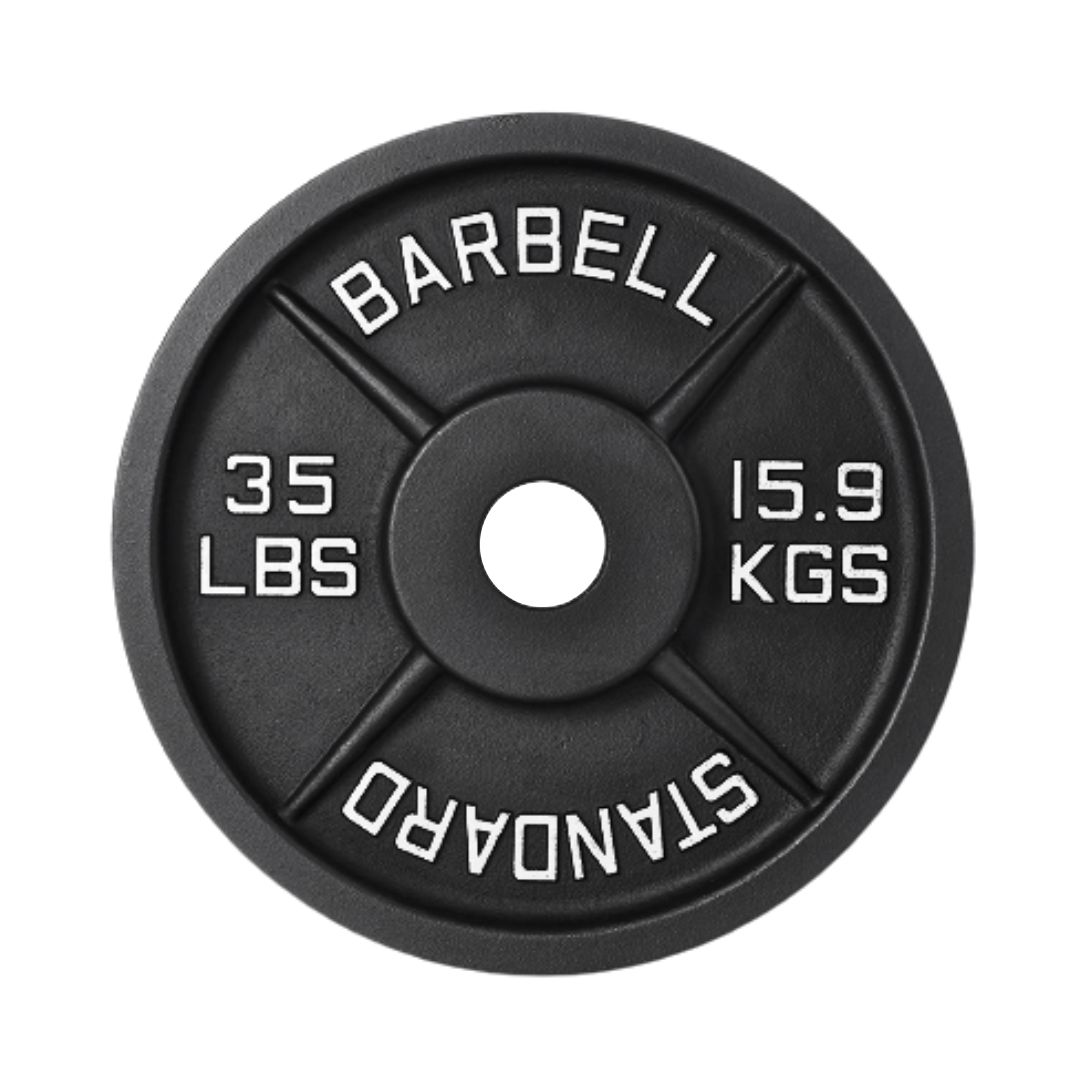 Cast Iron Olympic Plates
Cast Iron Olympic Plates
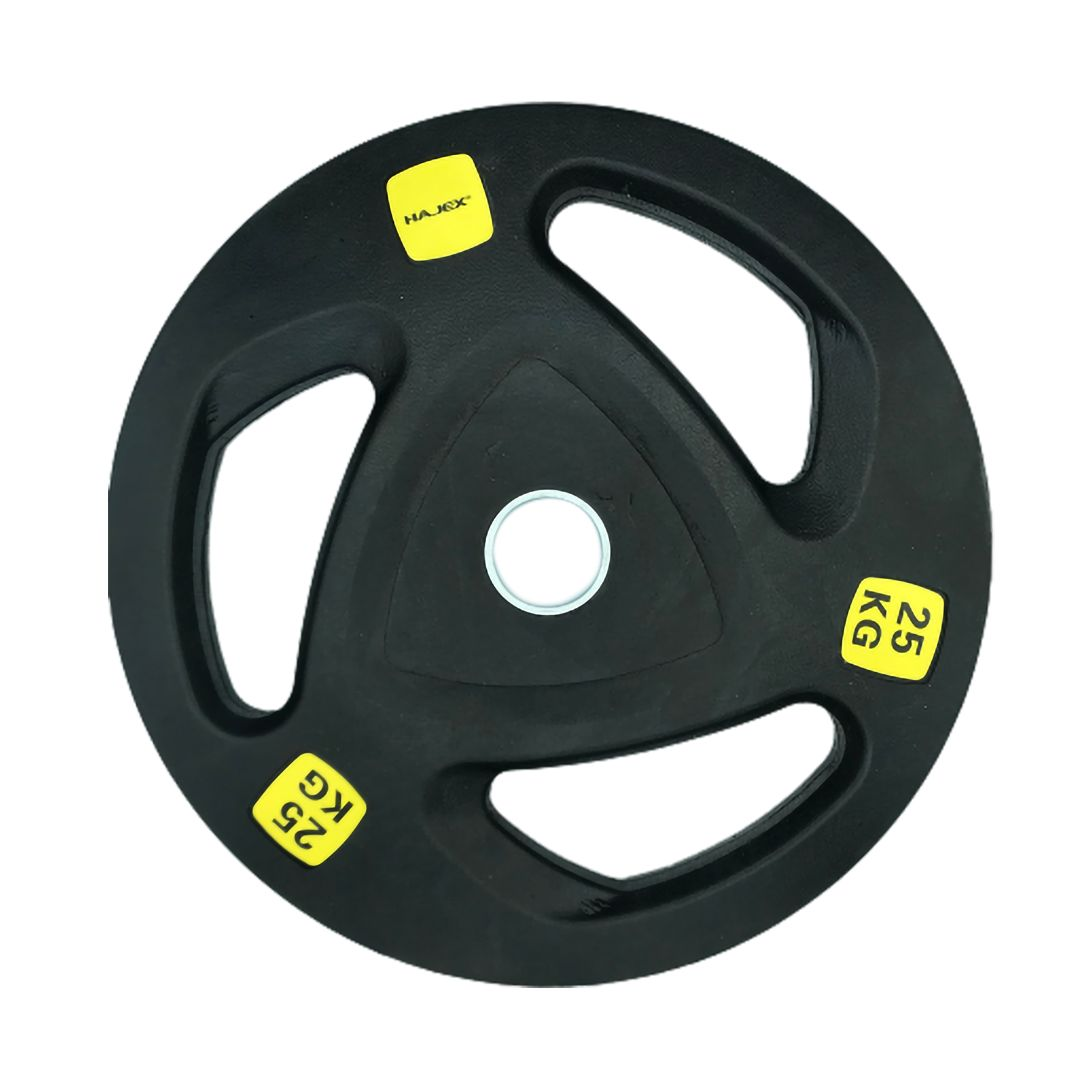 Olympic Rubber Weight Plates
Olympic Rubber Weight Plates
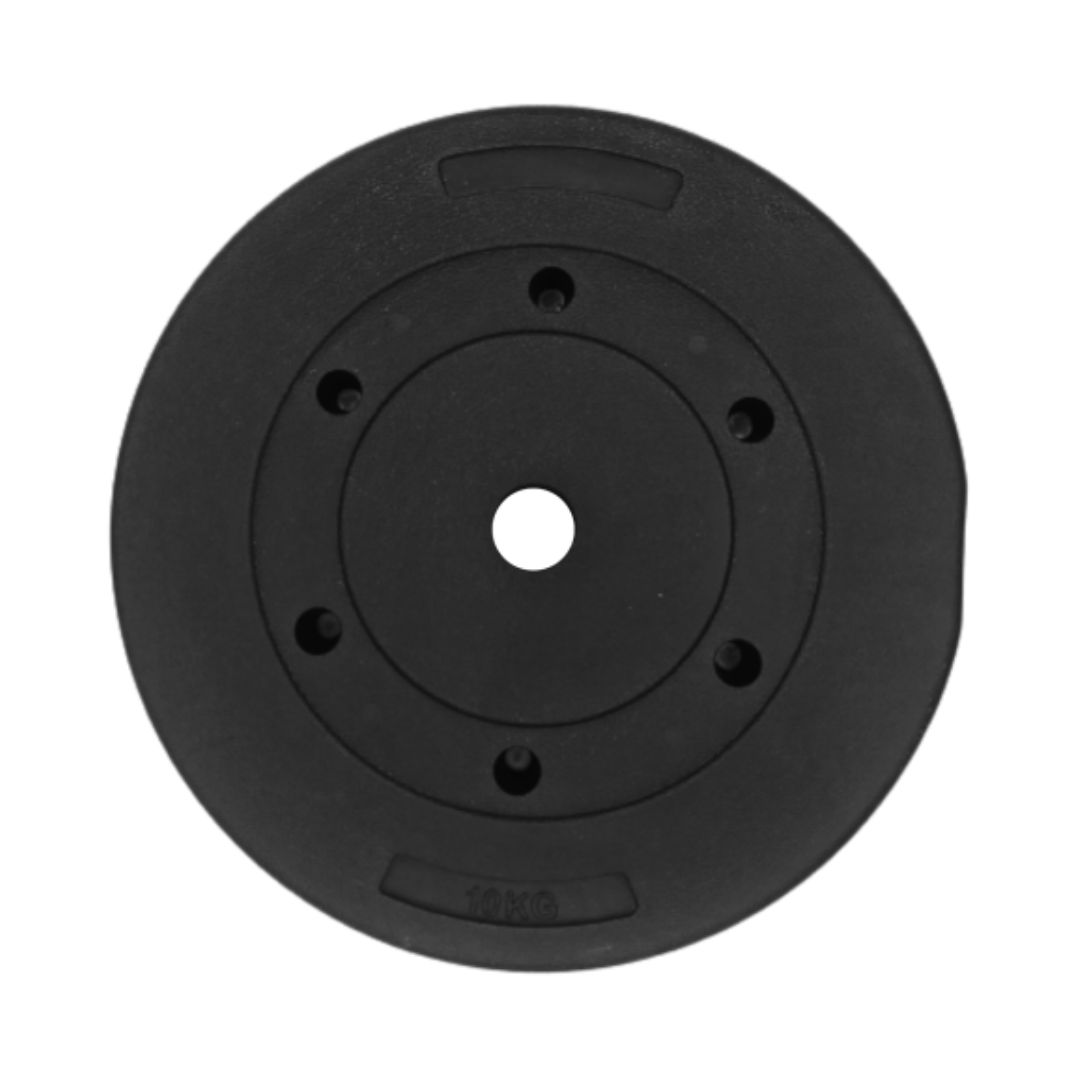 PVC Weight Plates
PVC Weight Plates
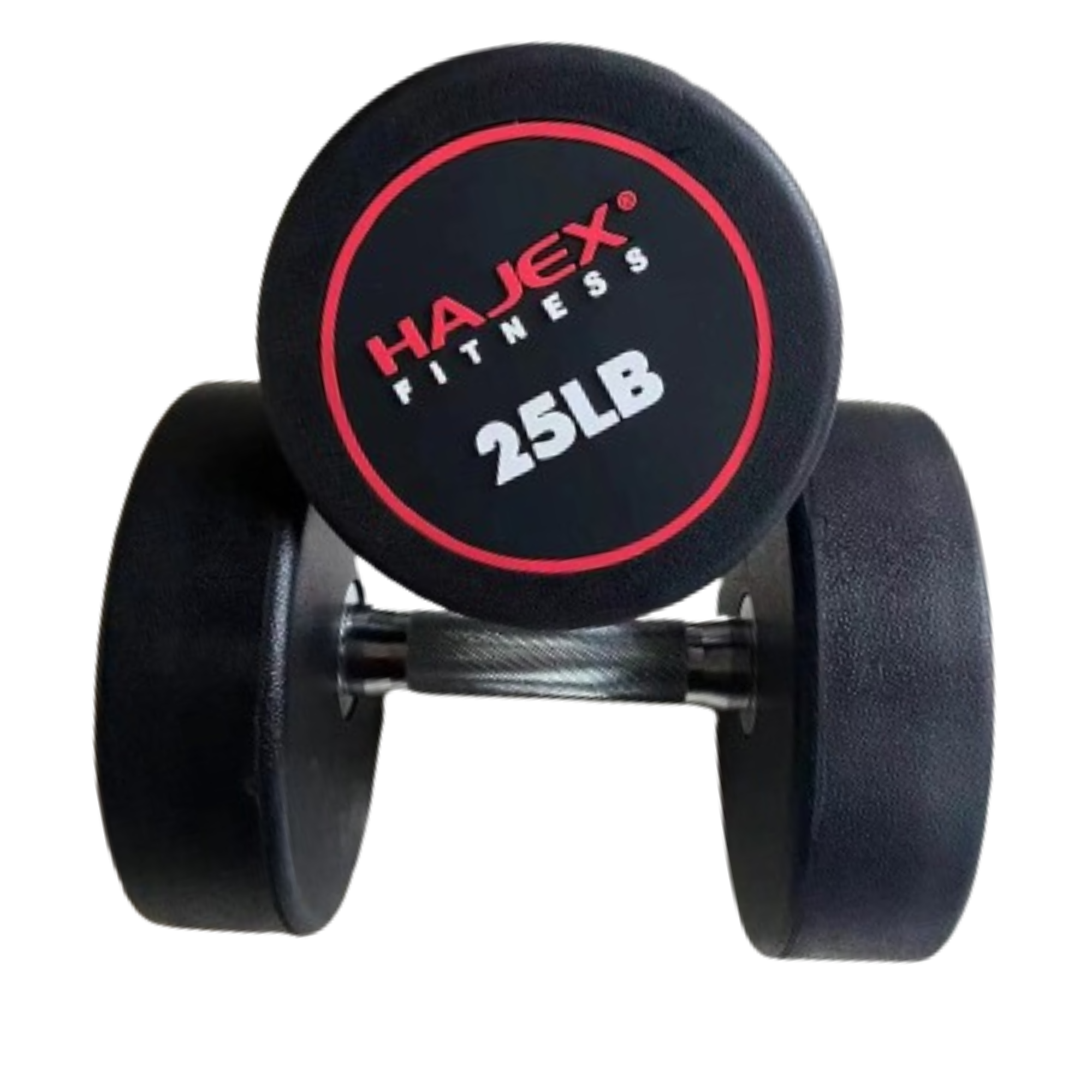 DUMBBELLS
DUMBBELLS
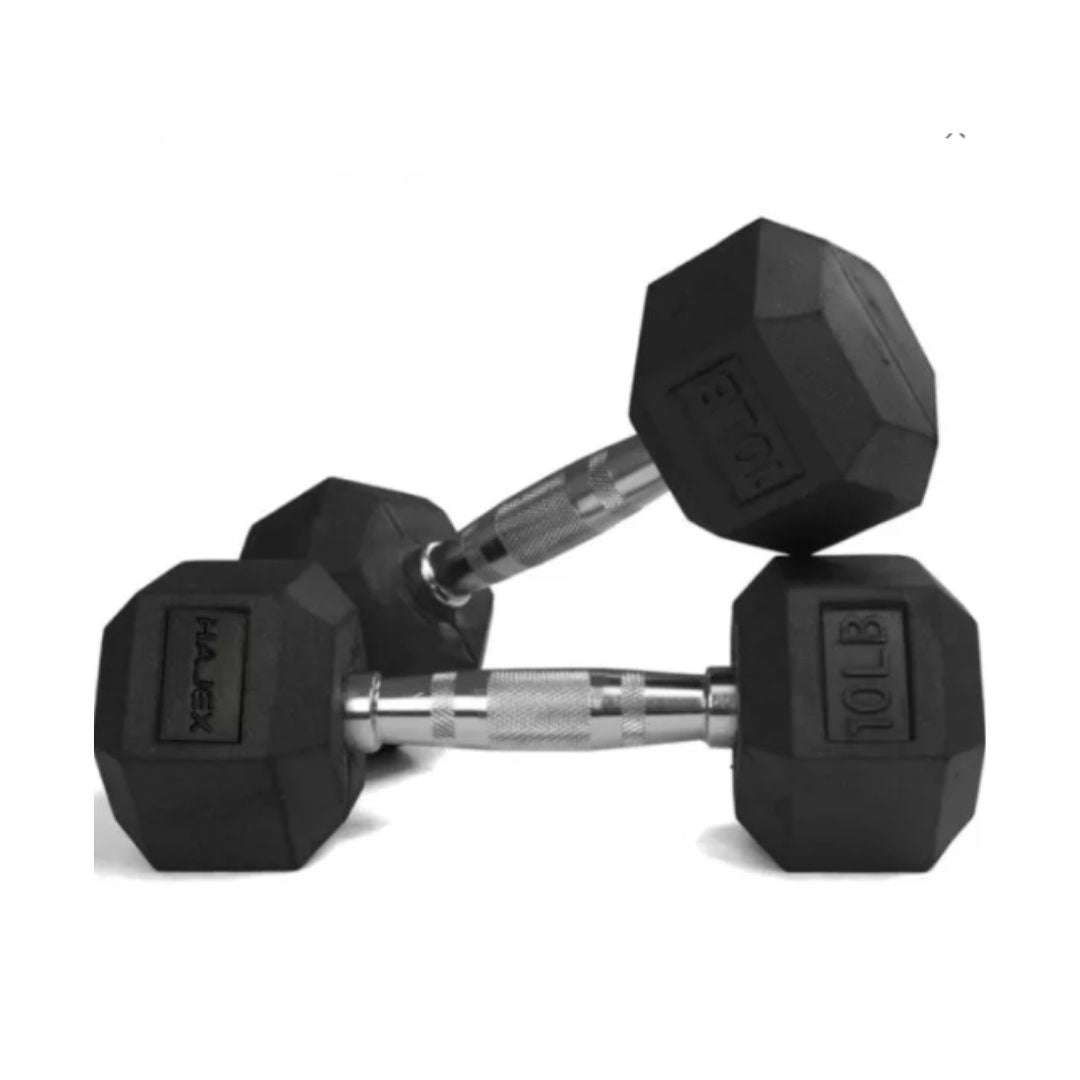 Rubber Hex Dumbbells
Rubber Hex Dumbbells
 Cast Iron Adjustable Dumbbells
Cast Iron Adjustable Dumbbells
 Round Head Dumbbells
Round Head Dumbbells
 Neoprene Dumbbells
Neoprene Dumbbells
 BENCHES
BENCHES
 CARDIO
CARDIO
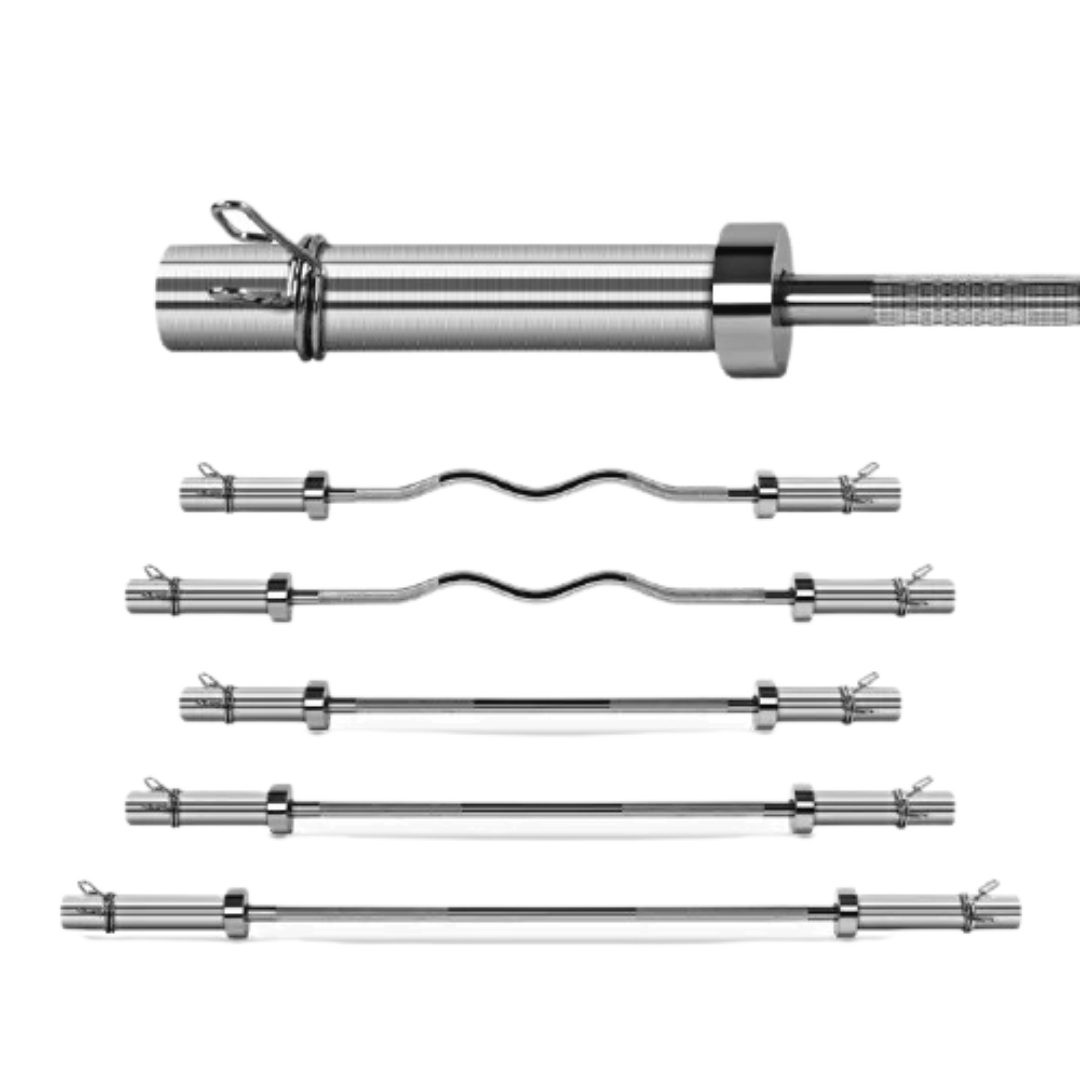 BARBELL BARS
BARBELL BARS
 Home Gym Deals
Home Gym Deals
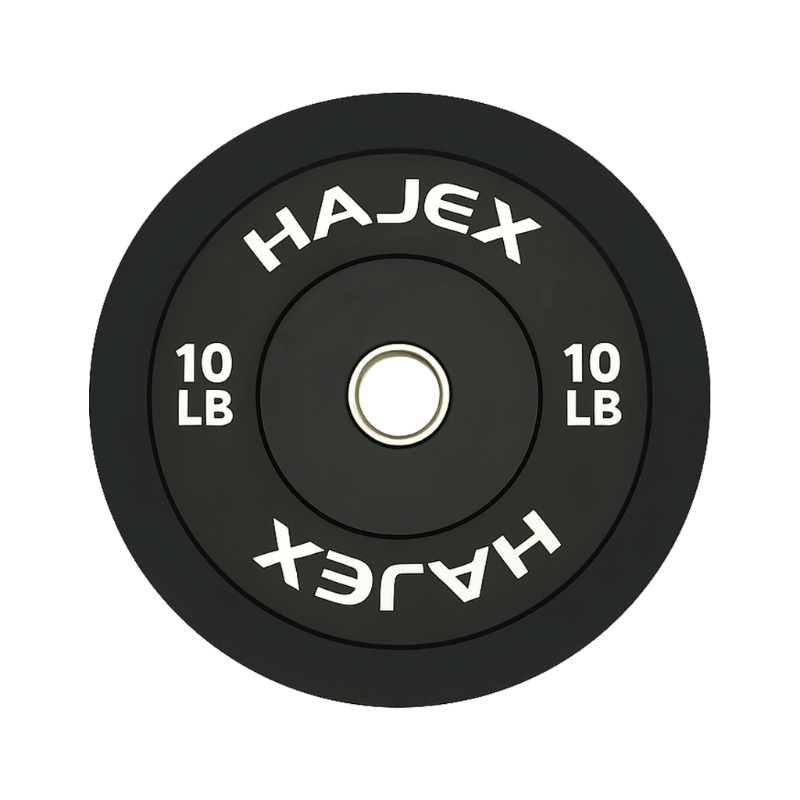 Olympic Bumper Plates
Olympic Bumper Plates
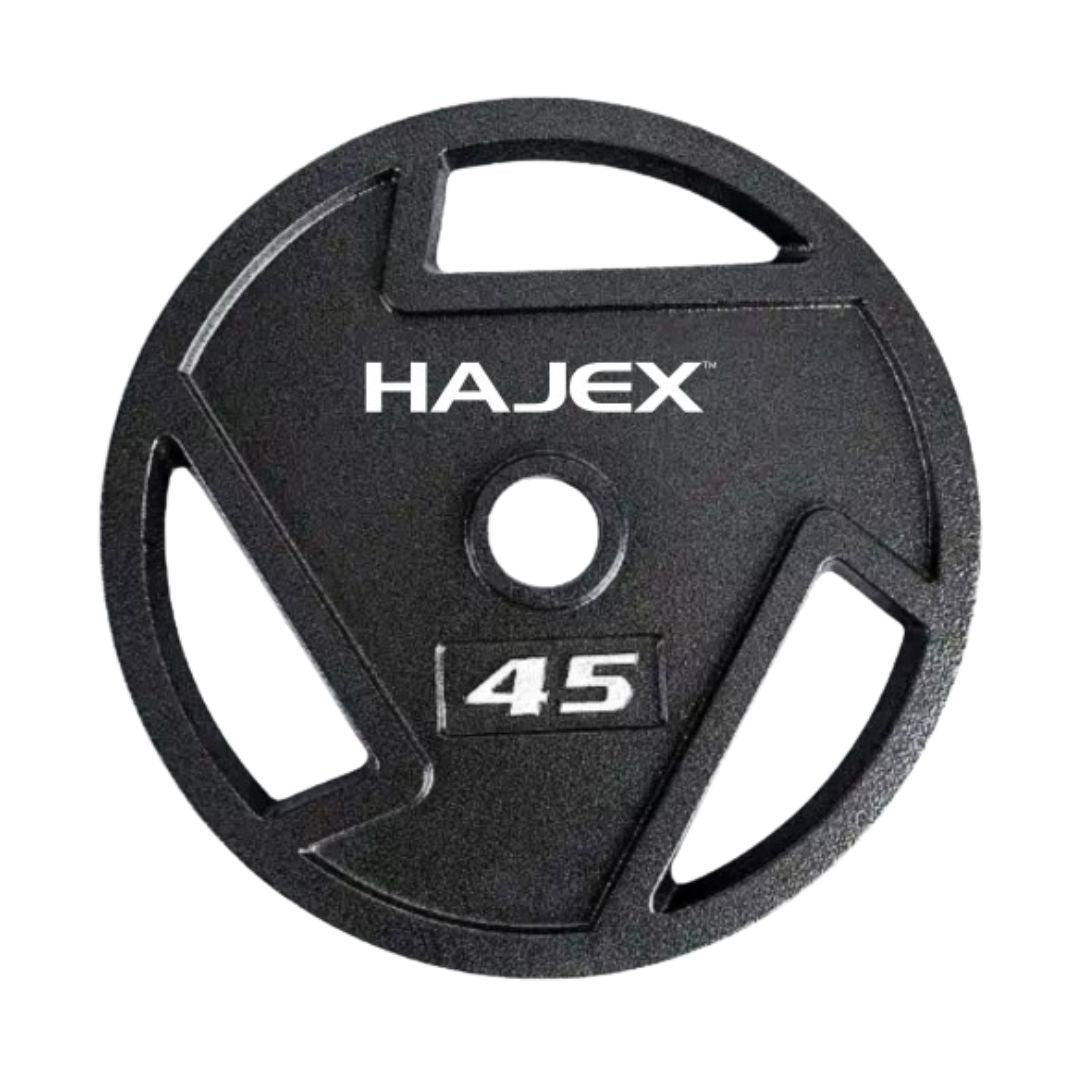 Tri Grip Plates
Tri Grip Plates
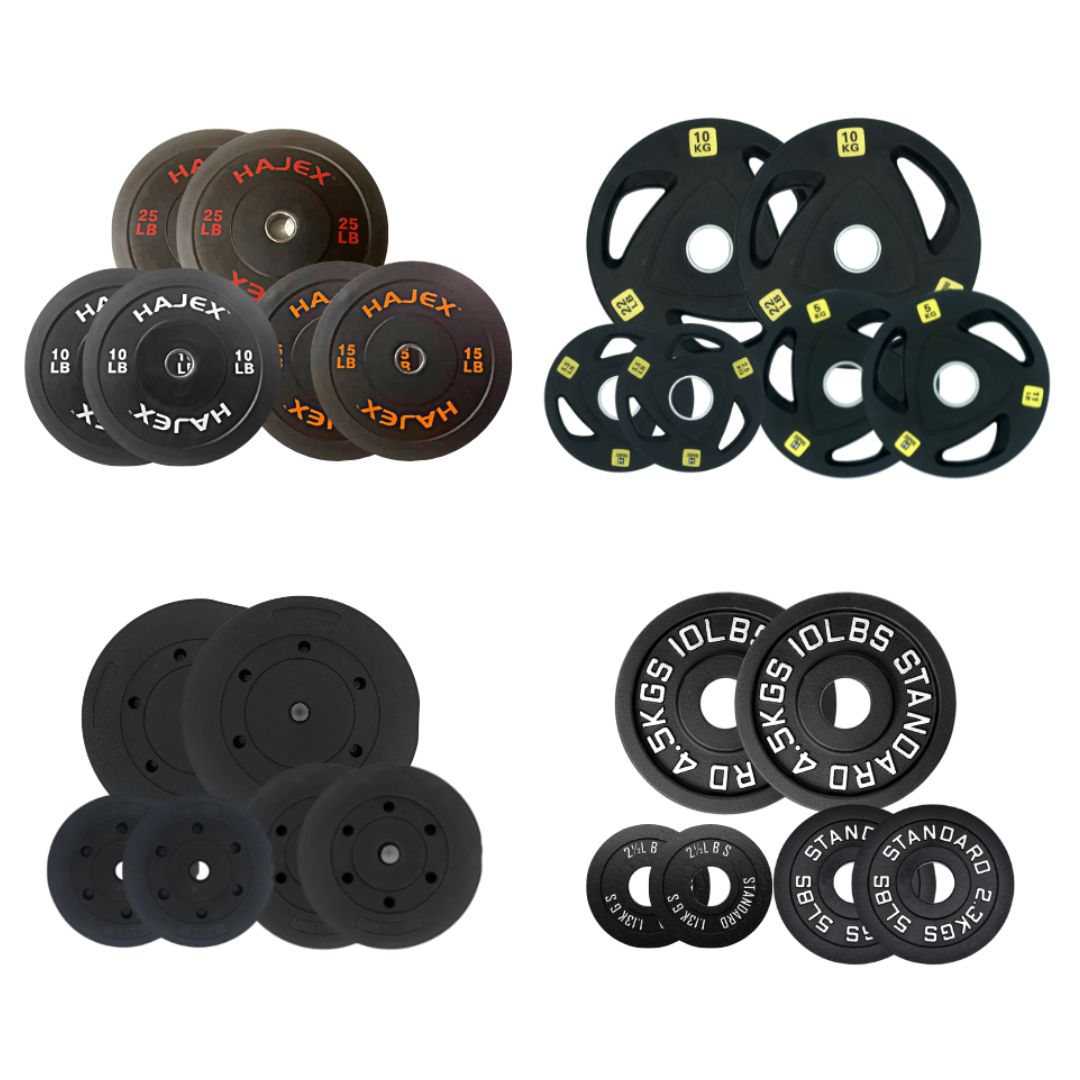 Weight Plates Combo
Weight Plates Combo
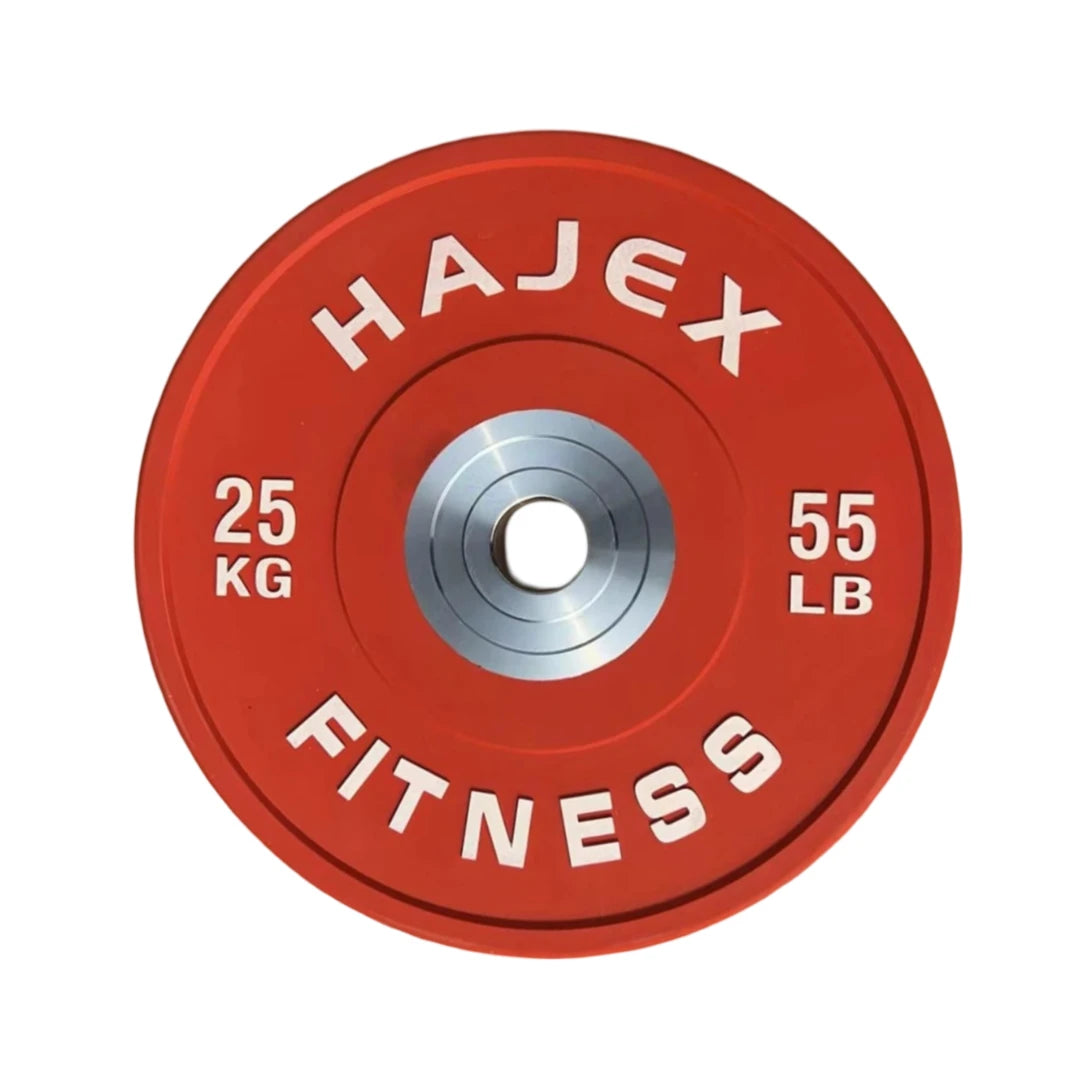 Olympic Steel Hub Bumper Plates
Olympic Steel Hub Bumper Plates
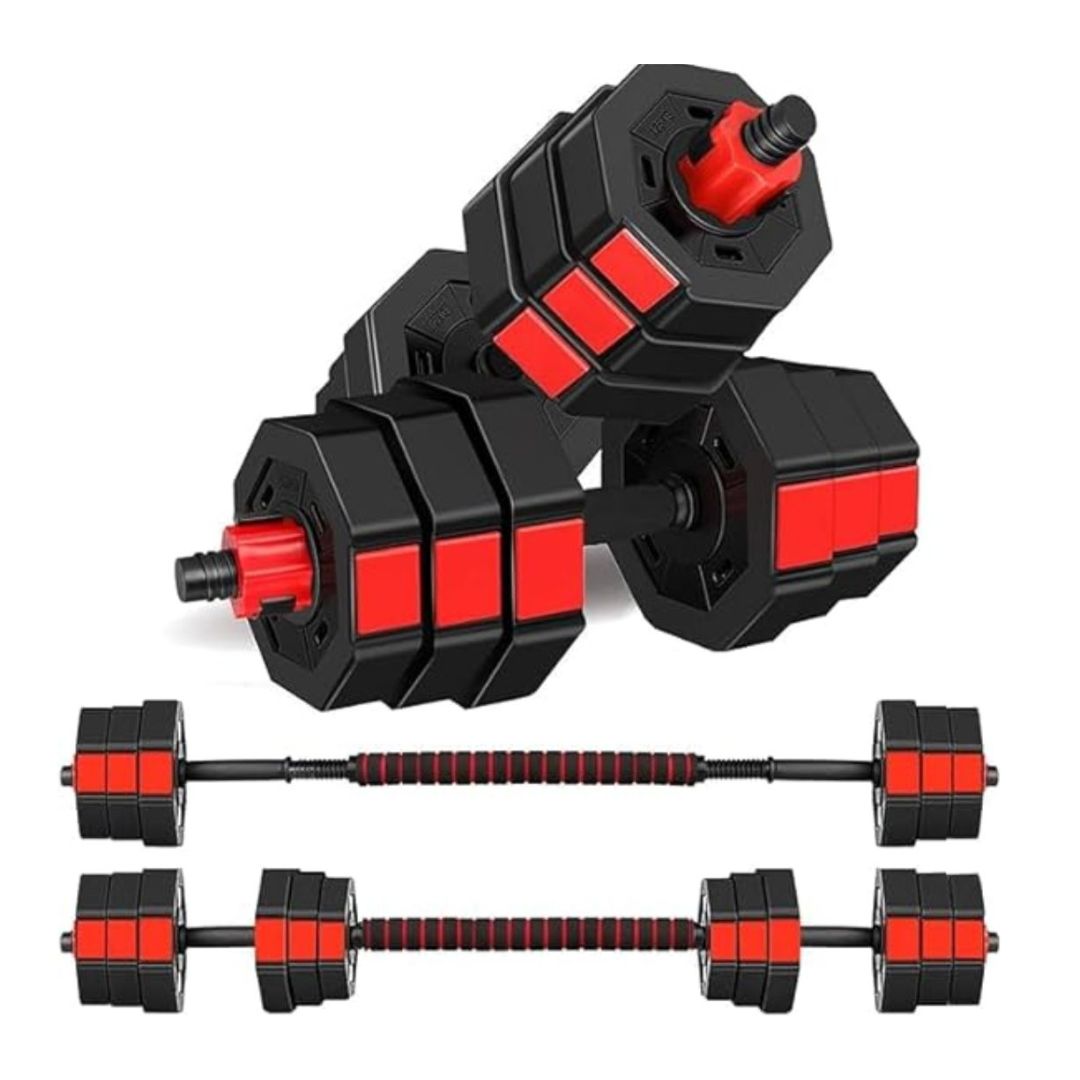 PVC Dumbbells
PVC Dumbbells
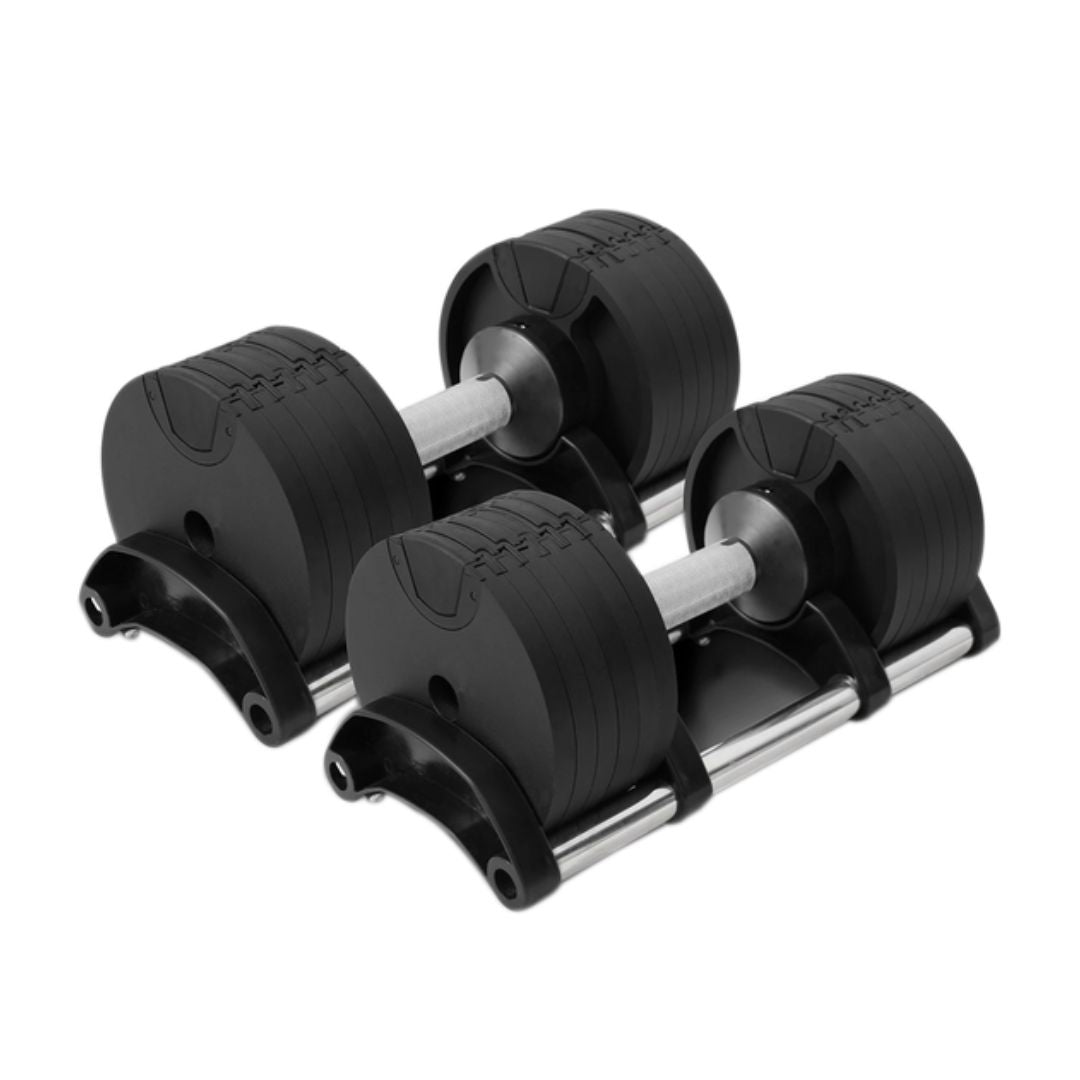 NUO Style Adjustable Dumbbells
NUO Style Adjustable Dumbbells
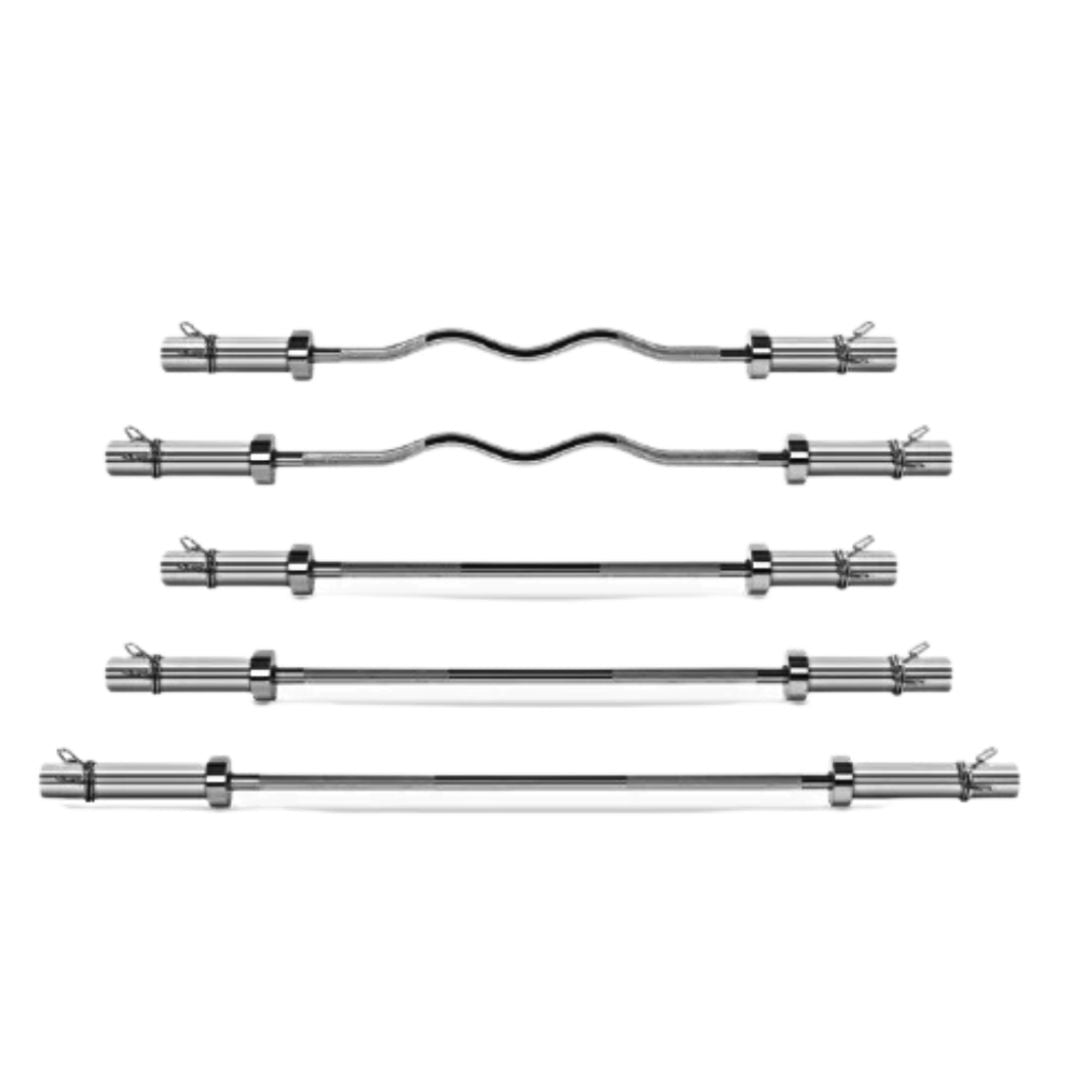 Olympic Barbells 2"
Olympic Barbells 2"
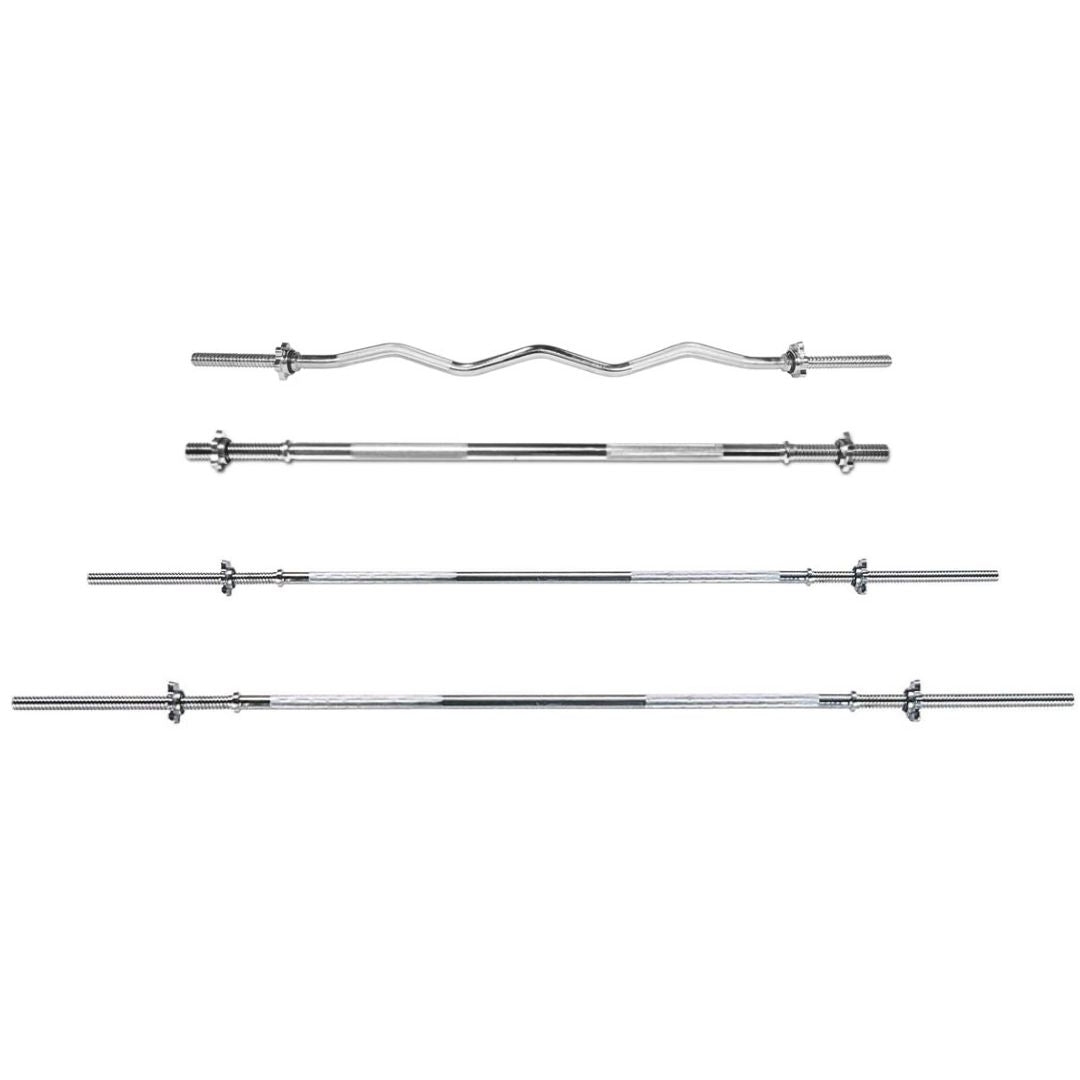 Standard Barbells 1"
Standard Barbells 1"
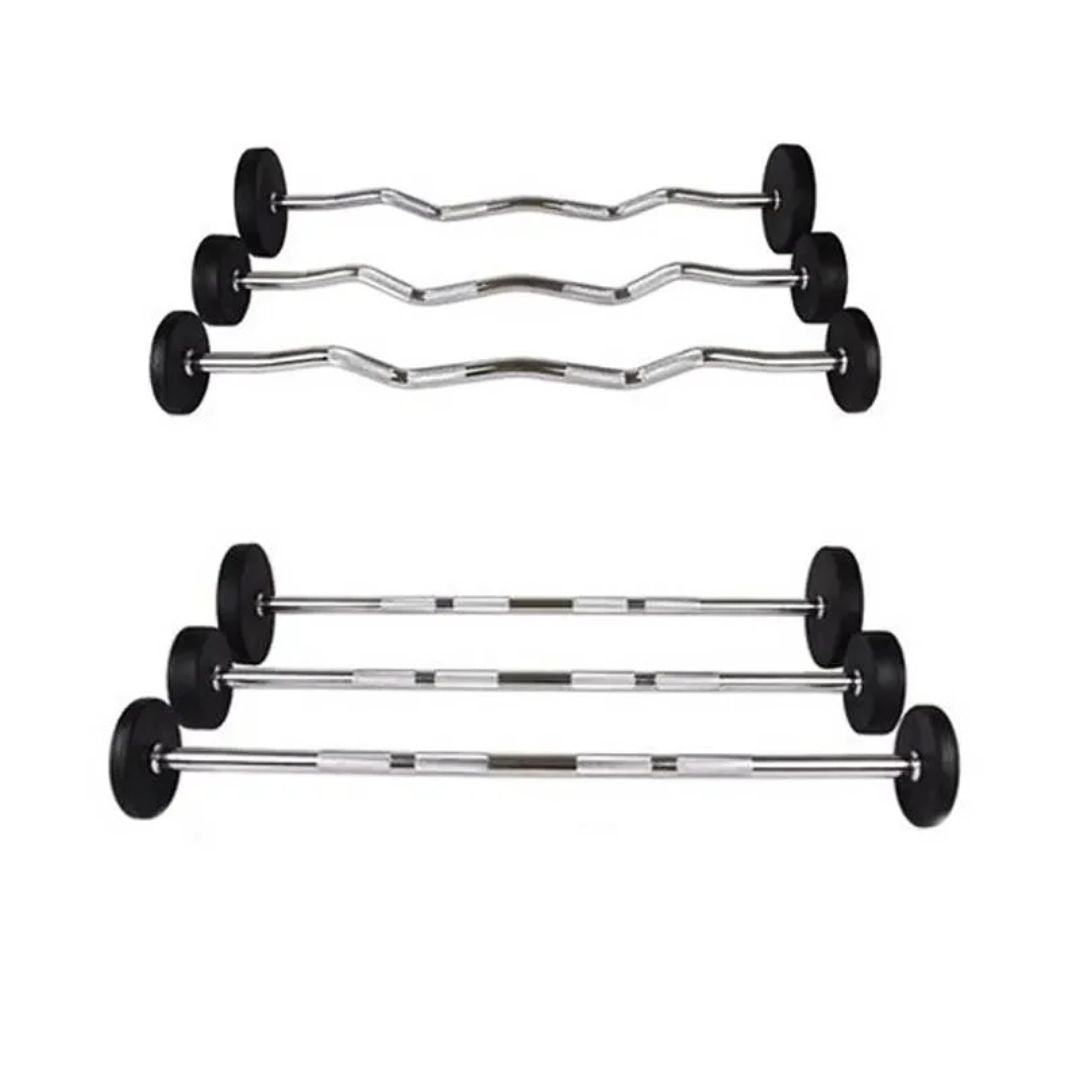 Fixed Weight Bars
Fixed Weight Bars
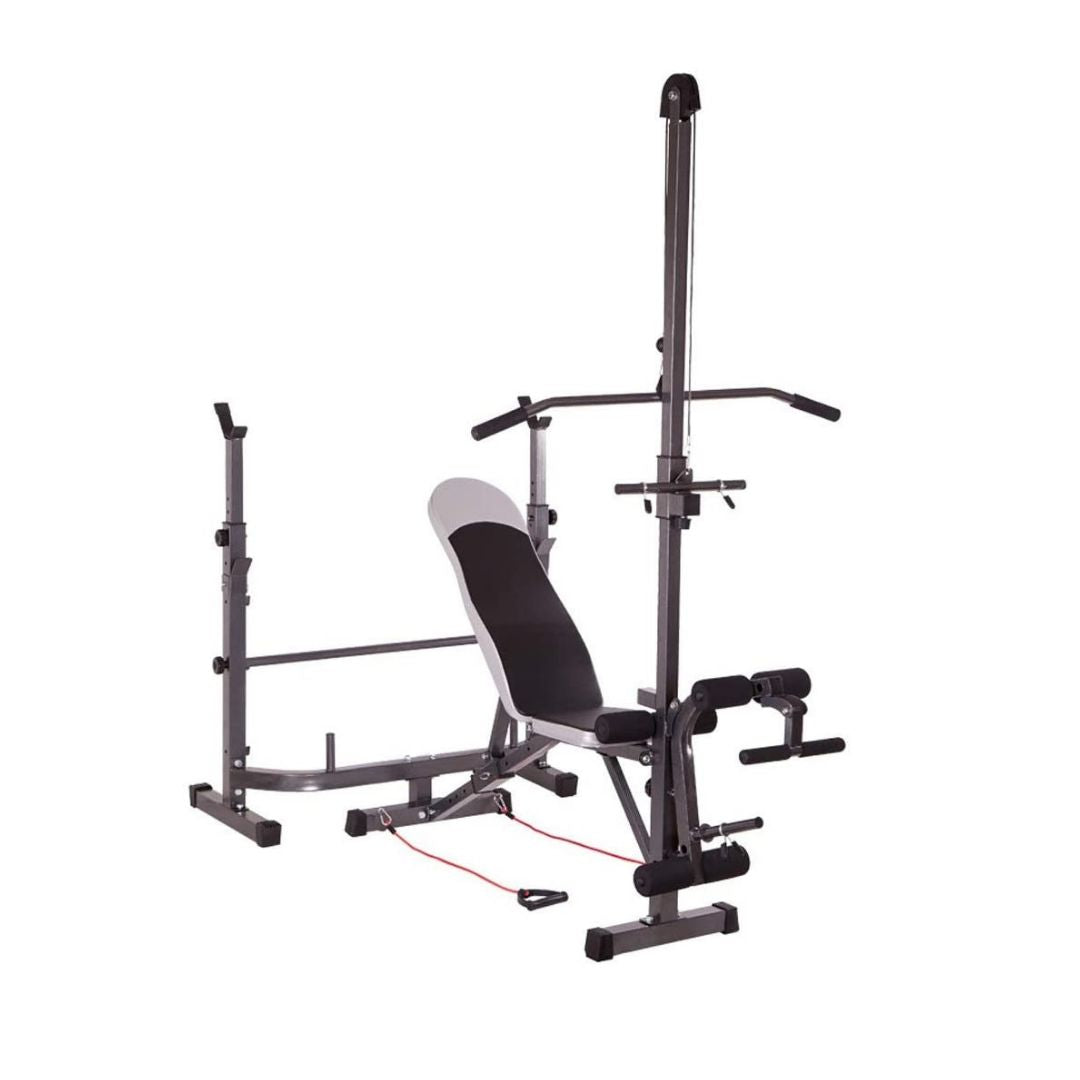 Benches with Pulley & Rack
Benches with Pulley & Rack
 CARDIO
CARDIO
 Foldable Walking Pads
Foldable Walking Pads
 Exercise Bikes
Exercise Bikes
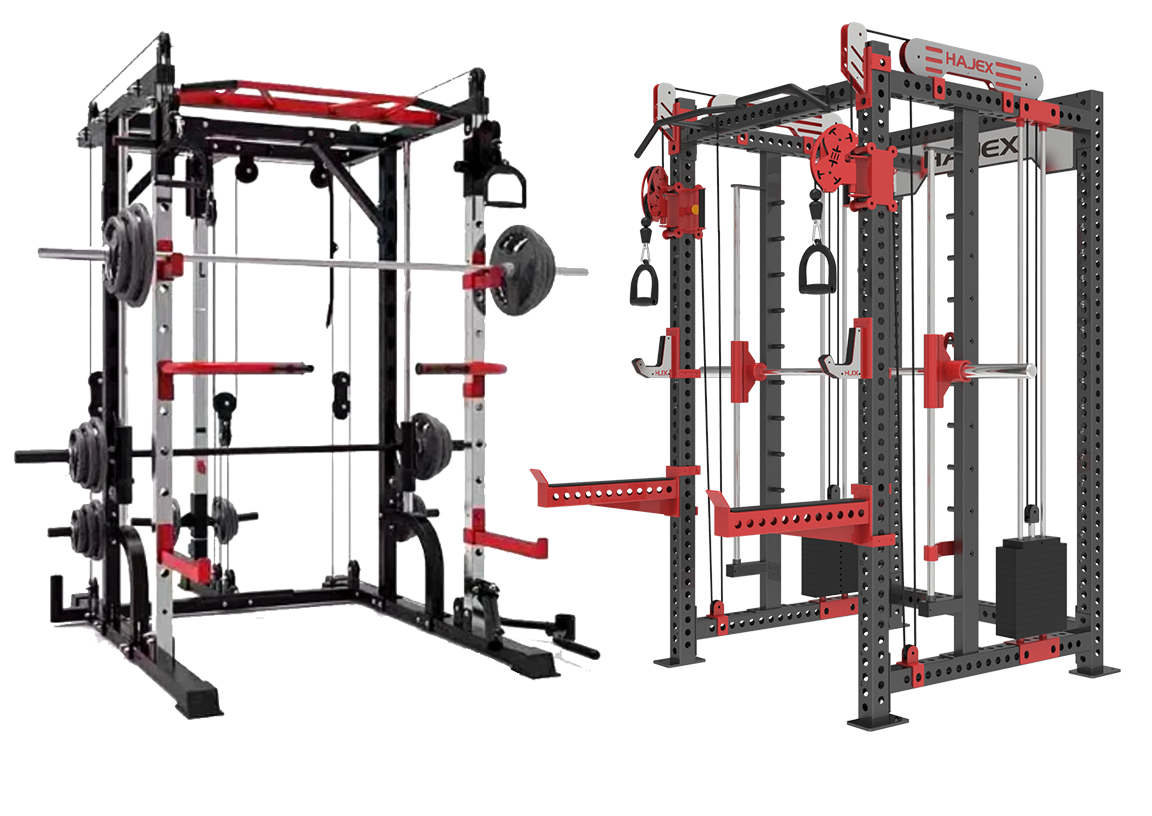 RACKS, CAGES & SMITHS
RACKS, CAGES & SMITHS
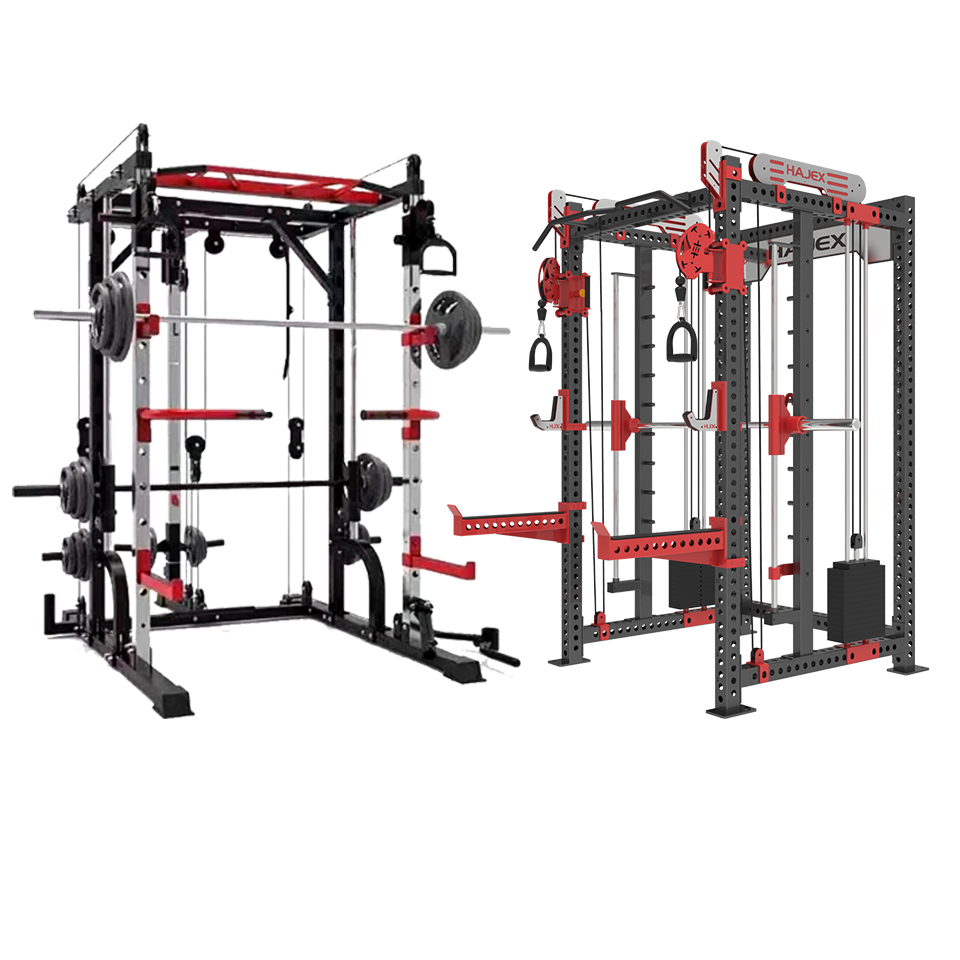 Smith Machines
Smith Machines
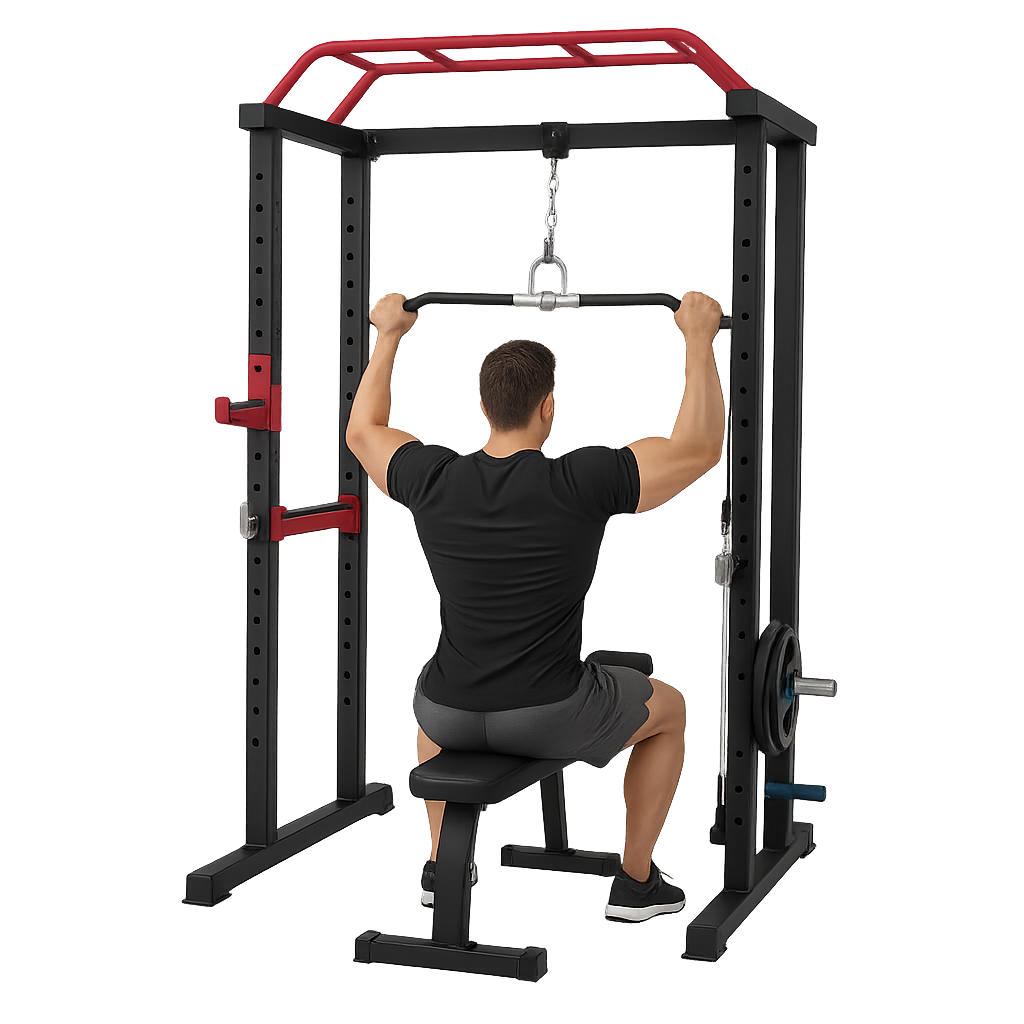 Power Racks
Power Racks
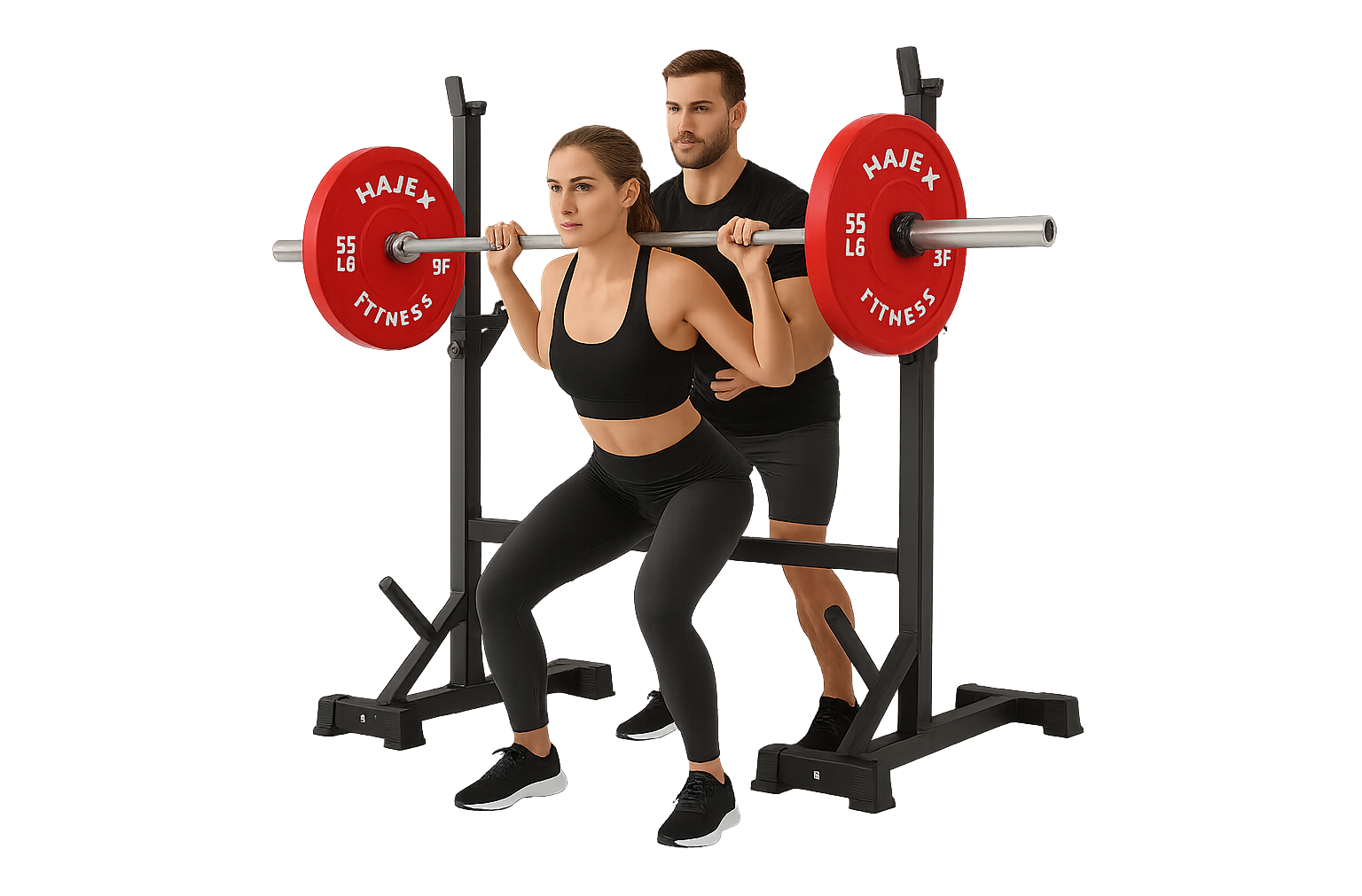 Squat Racks
Squat Racks
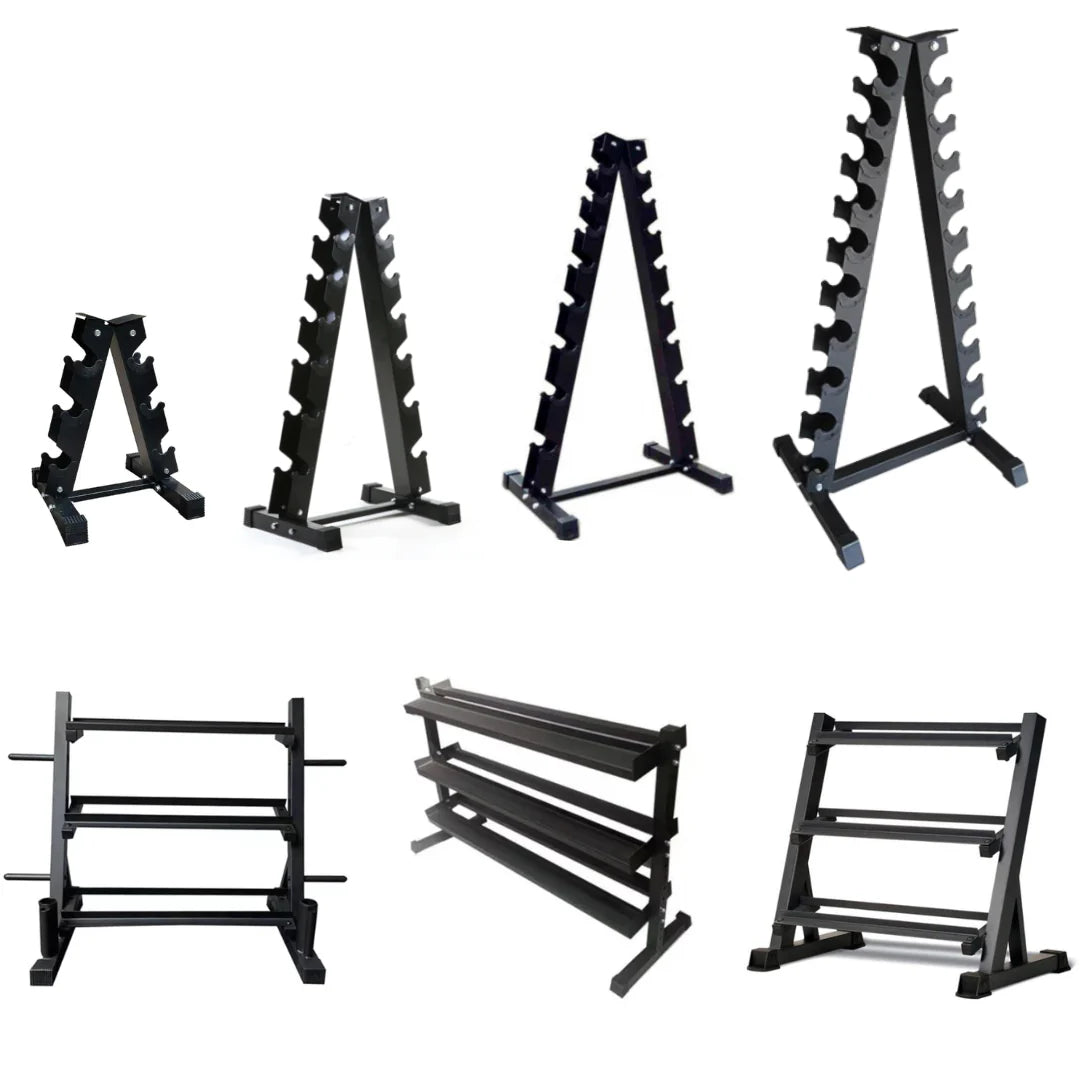 STORAGE RACKS
STORAGE RACKS
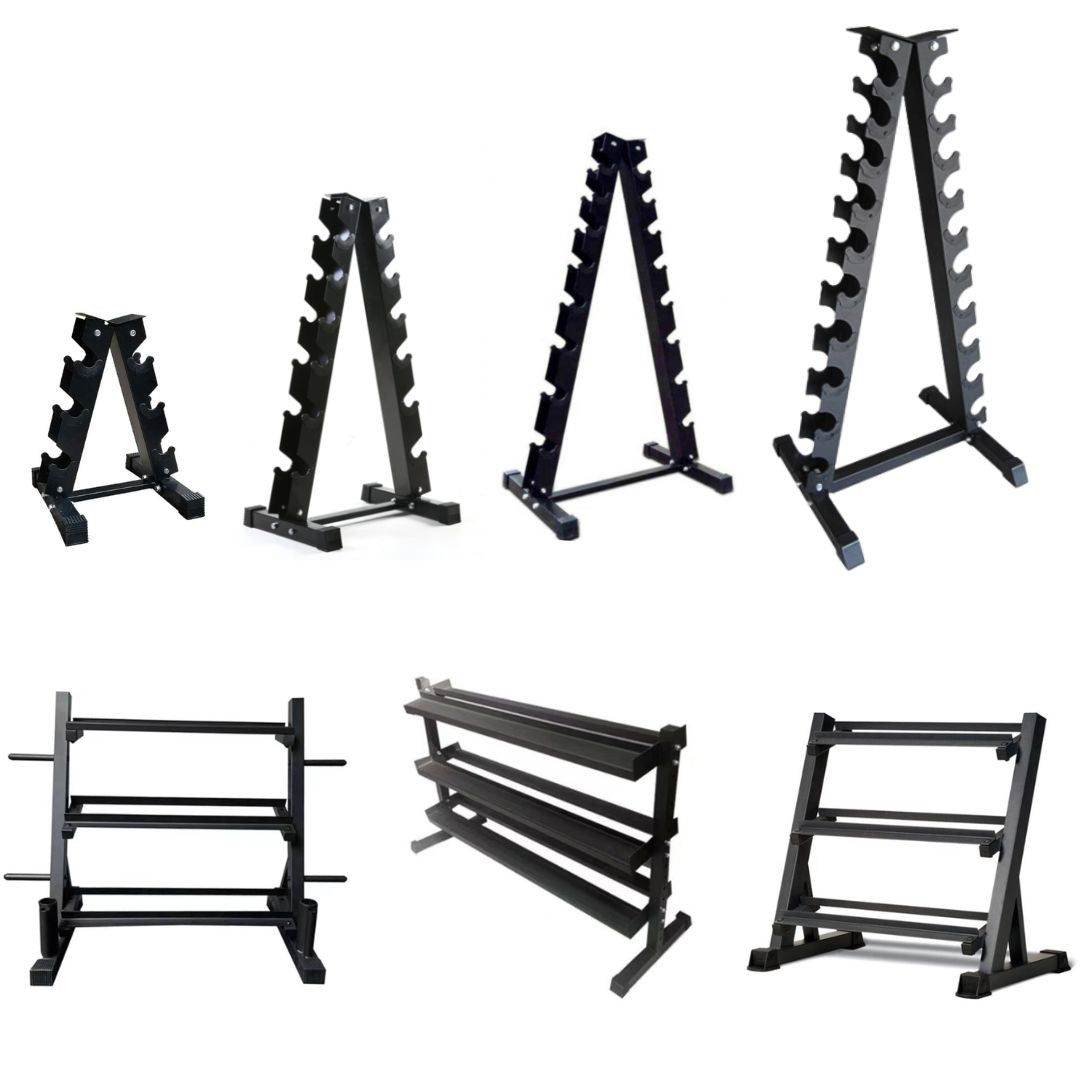 Dumbbell & Kettlebell Racks
Dumbbell & Kettlebell Racks
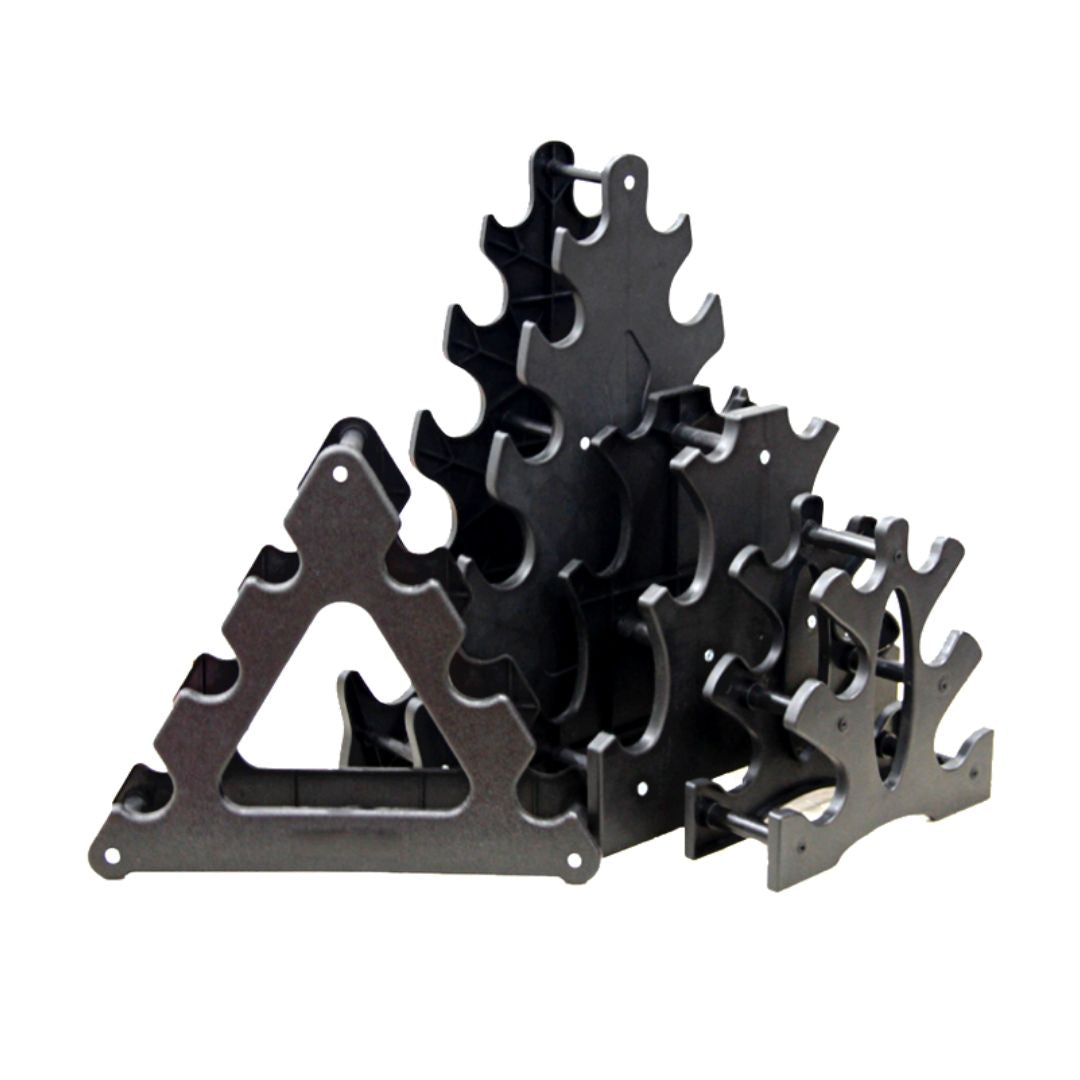 Mini Dumbbell Racks
Mini Dumbbell Racks
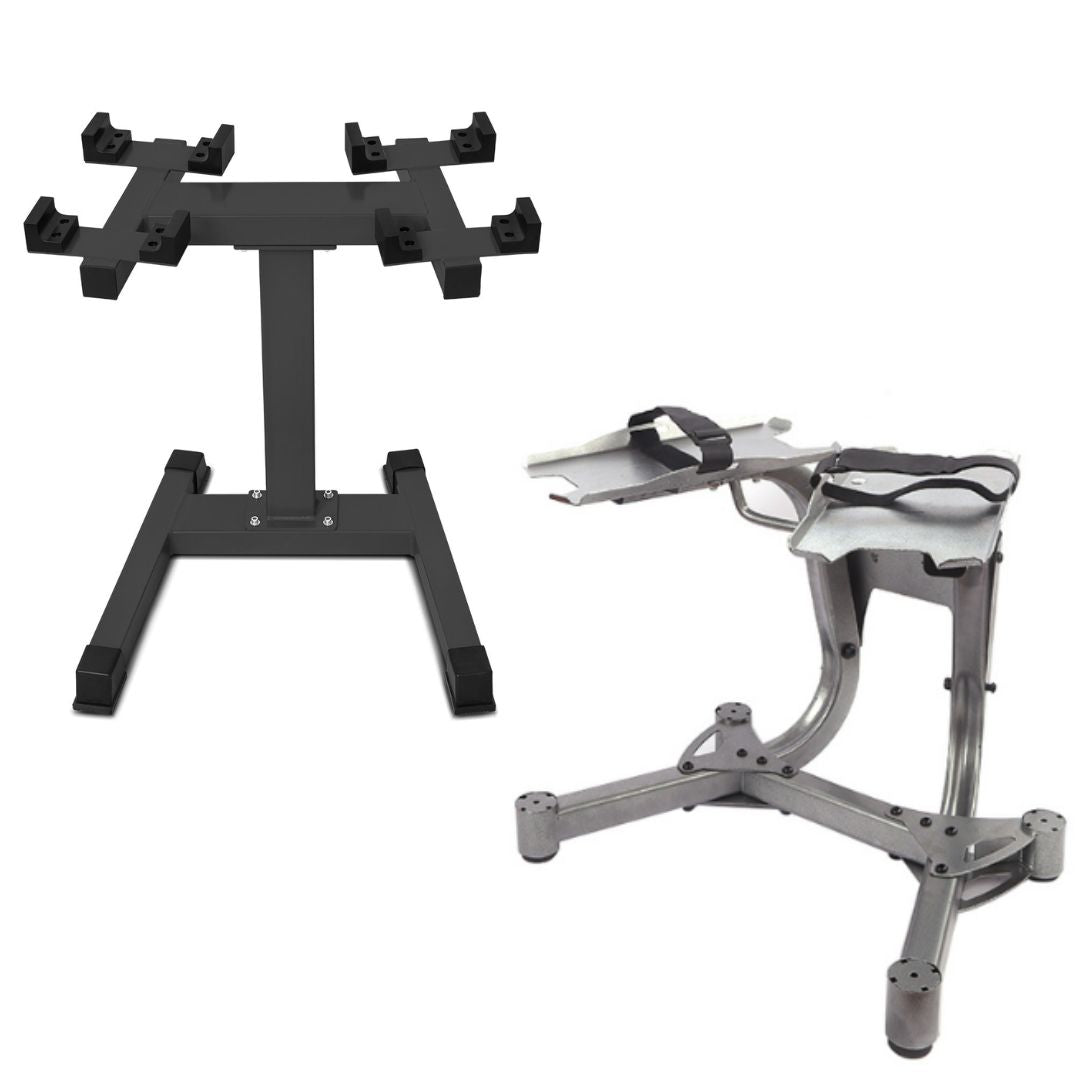 Adjusatble Dumbbell Stands
Adjusatble Dumbbell Stands
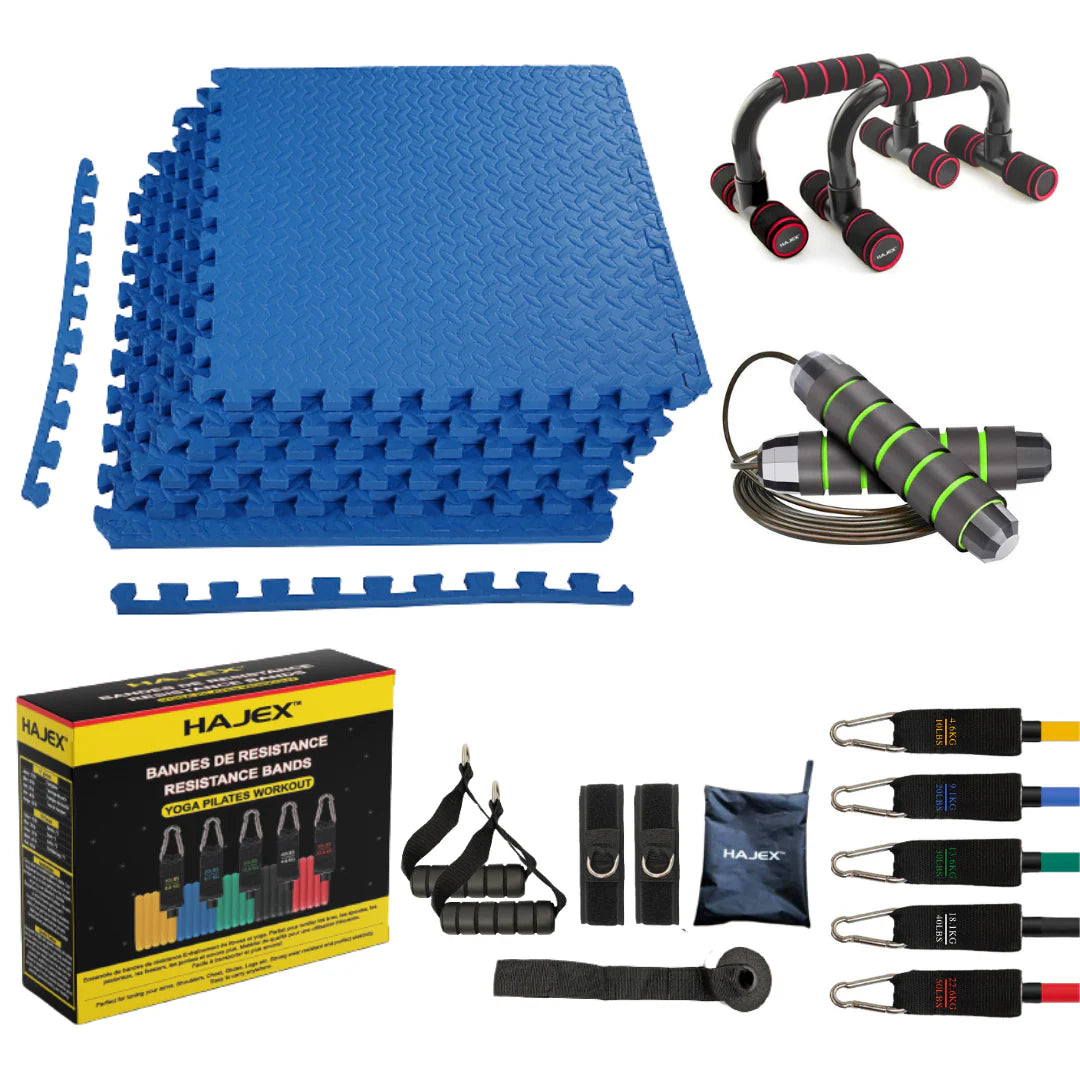 MORE
MORE
 Kettlebells
Kettlebells
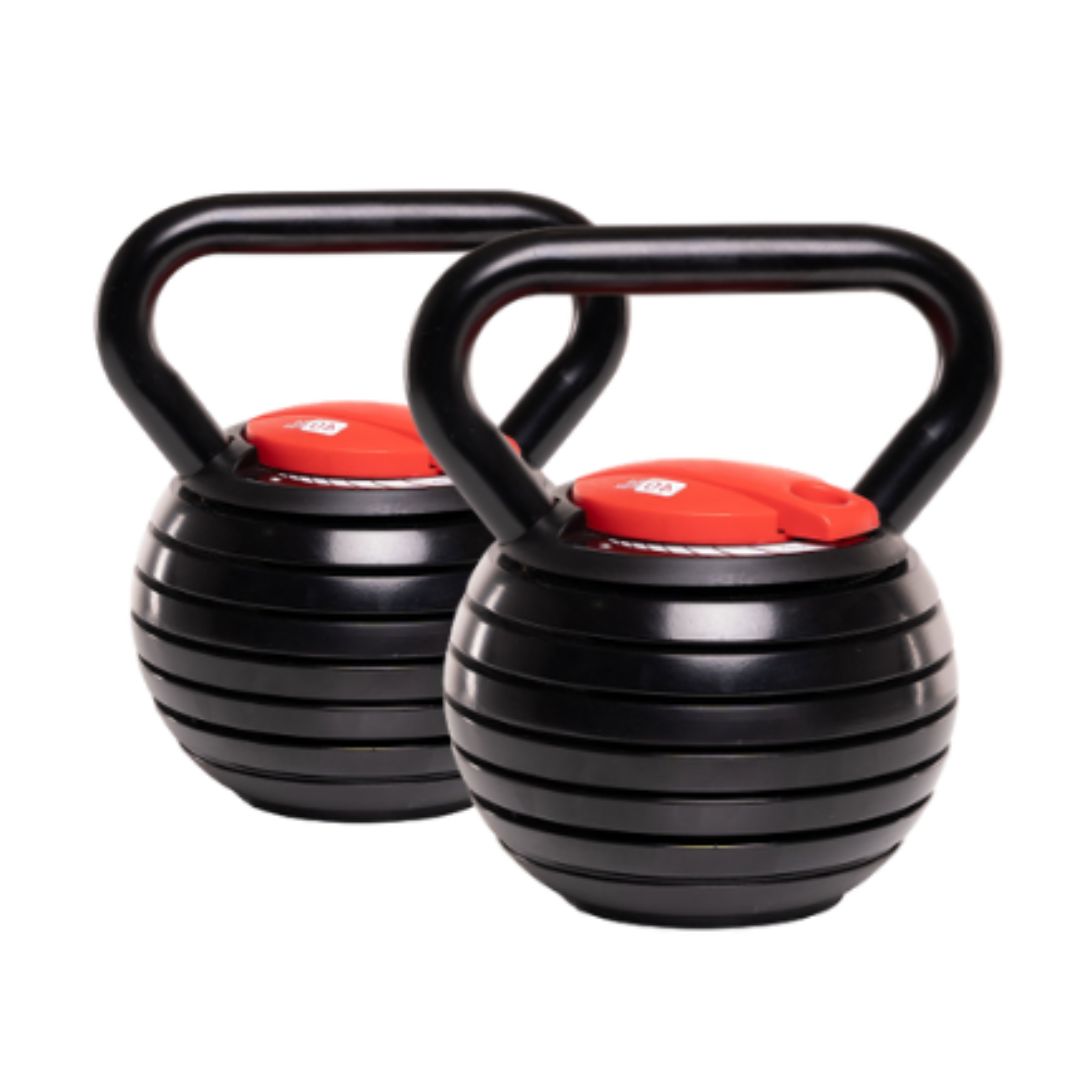 Adjustable Kettlebells - Single & Pair
Adjustable Kettlebells - Single & Pair
 Floor Mats
Floor Mats
 Yoga
Yoga
 Push Up
Push Up
 Resistance Bands
Resistance Bands
 Barbell Pads
Barbell Pads
 Dumbbell Handles
Dumbbell Handles
 Jump Ropes
Jump Ropes


